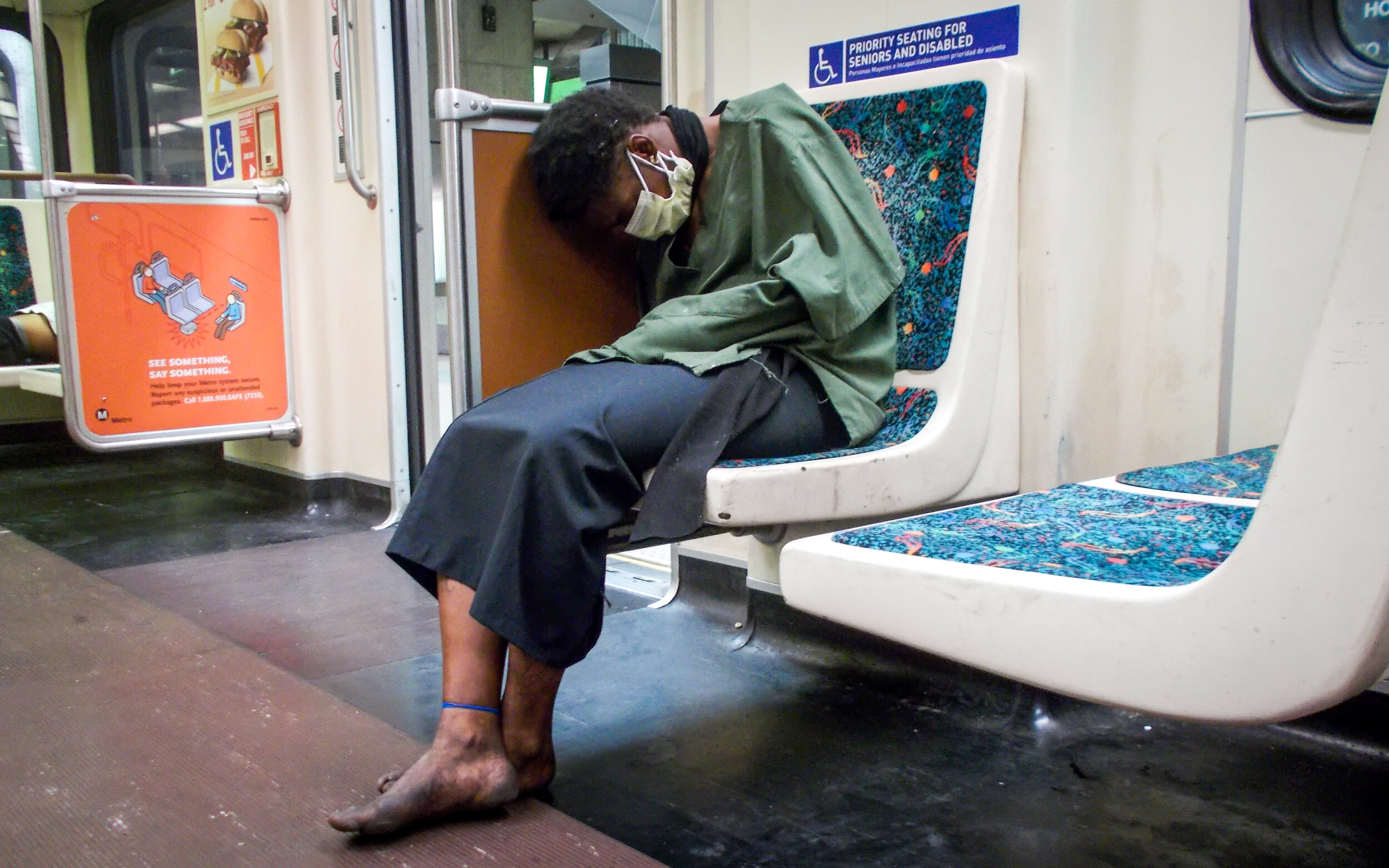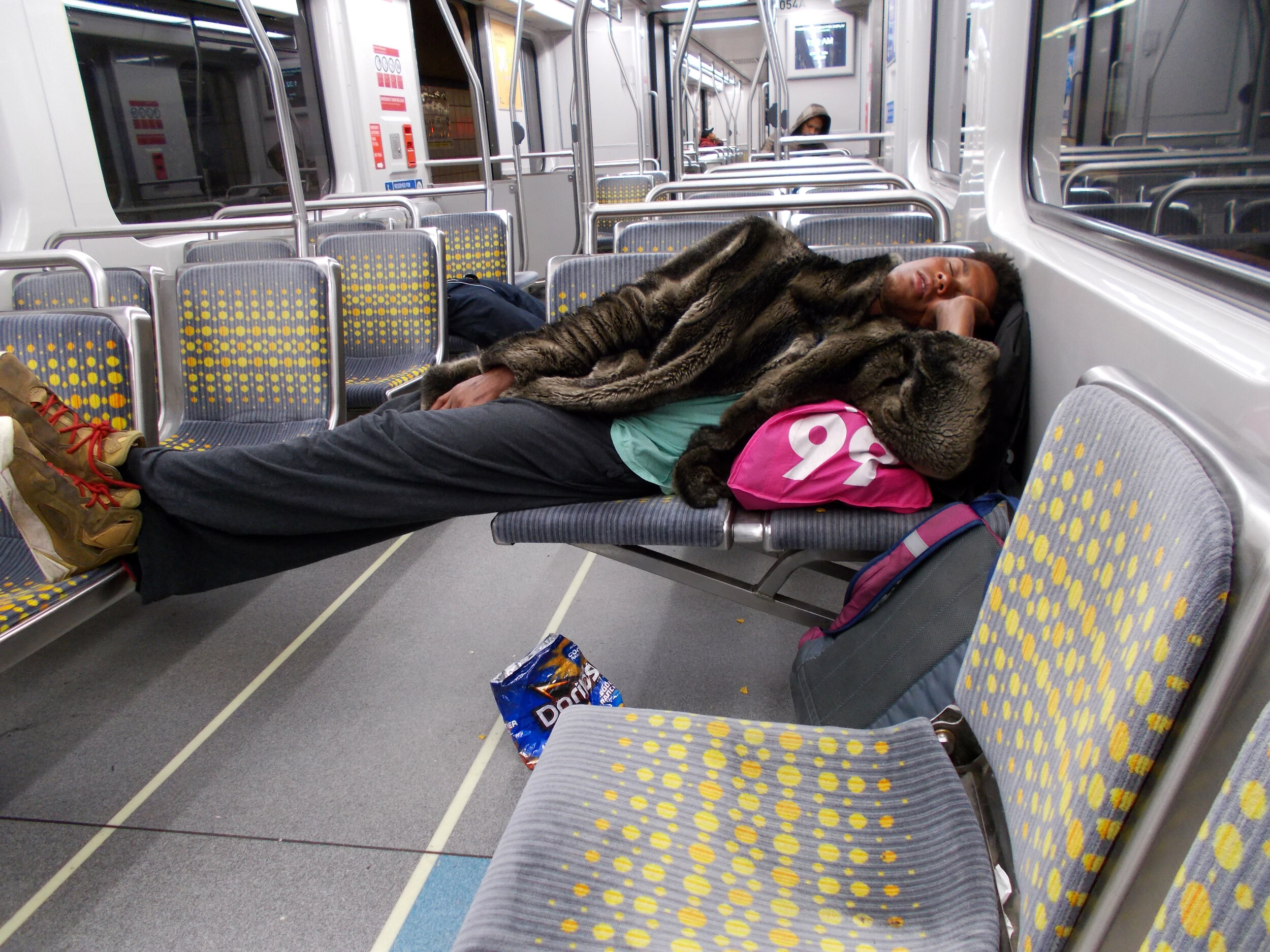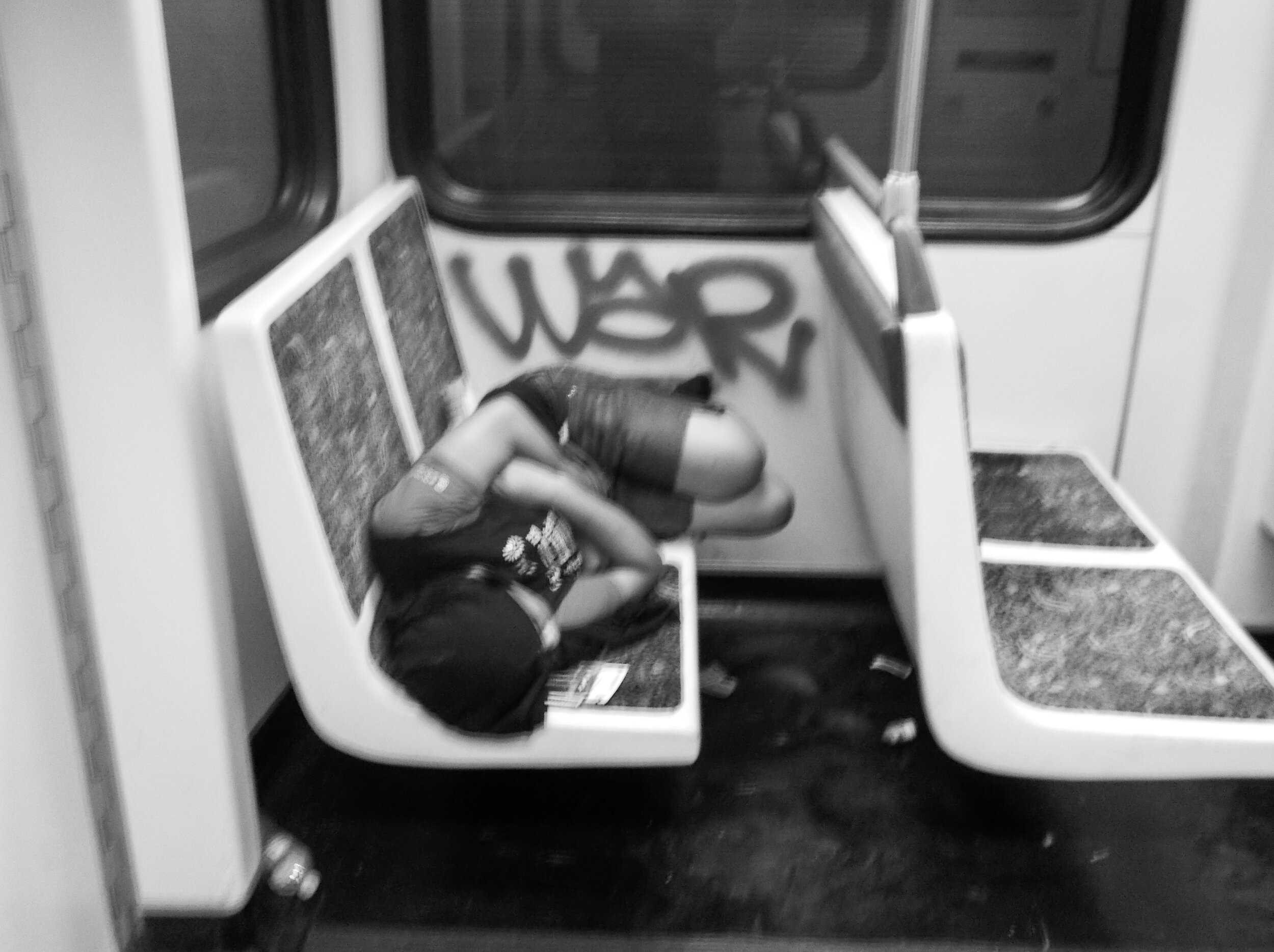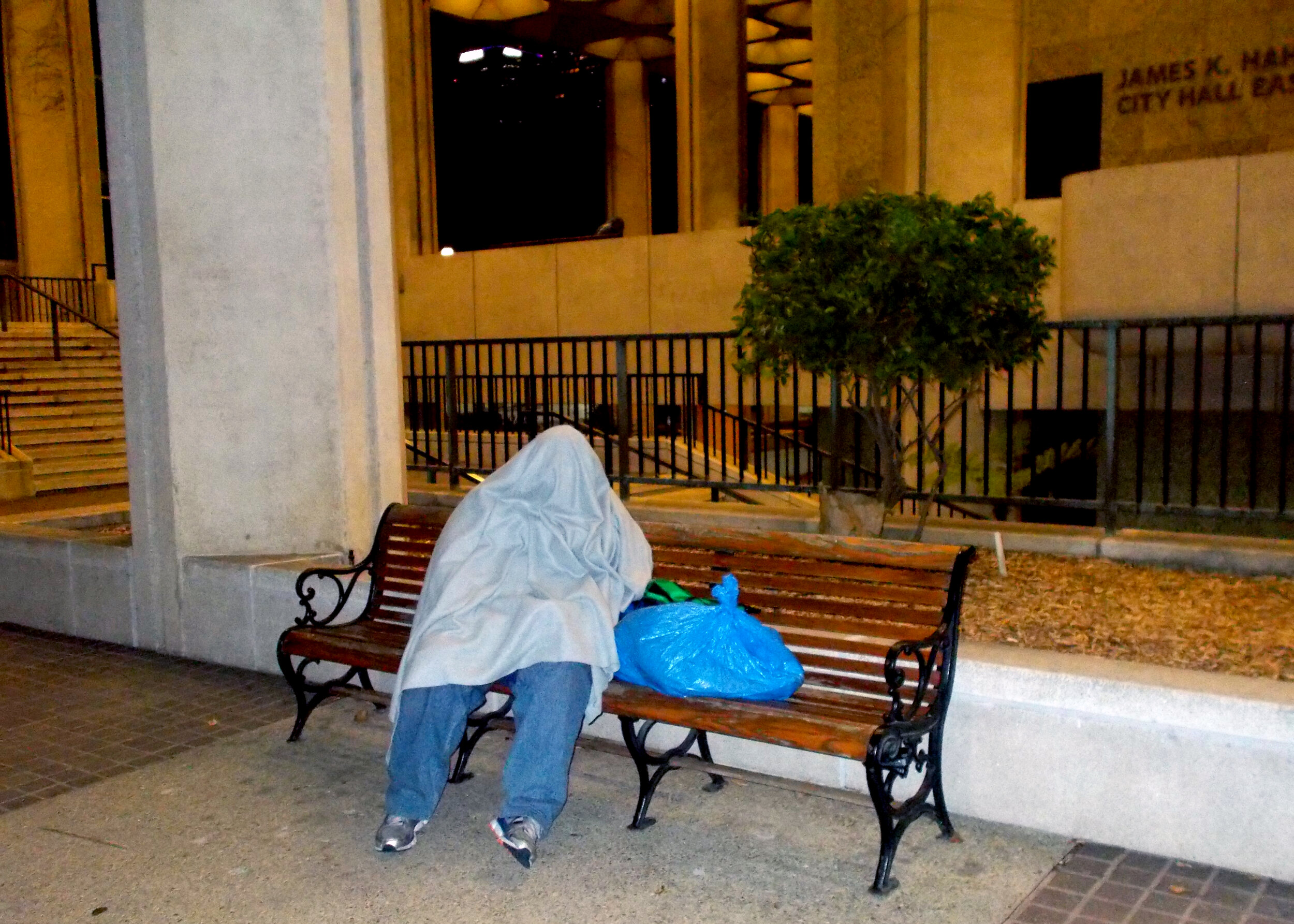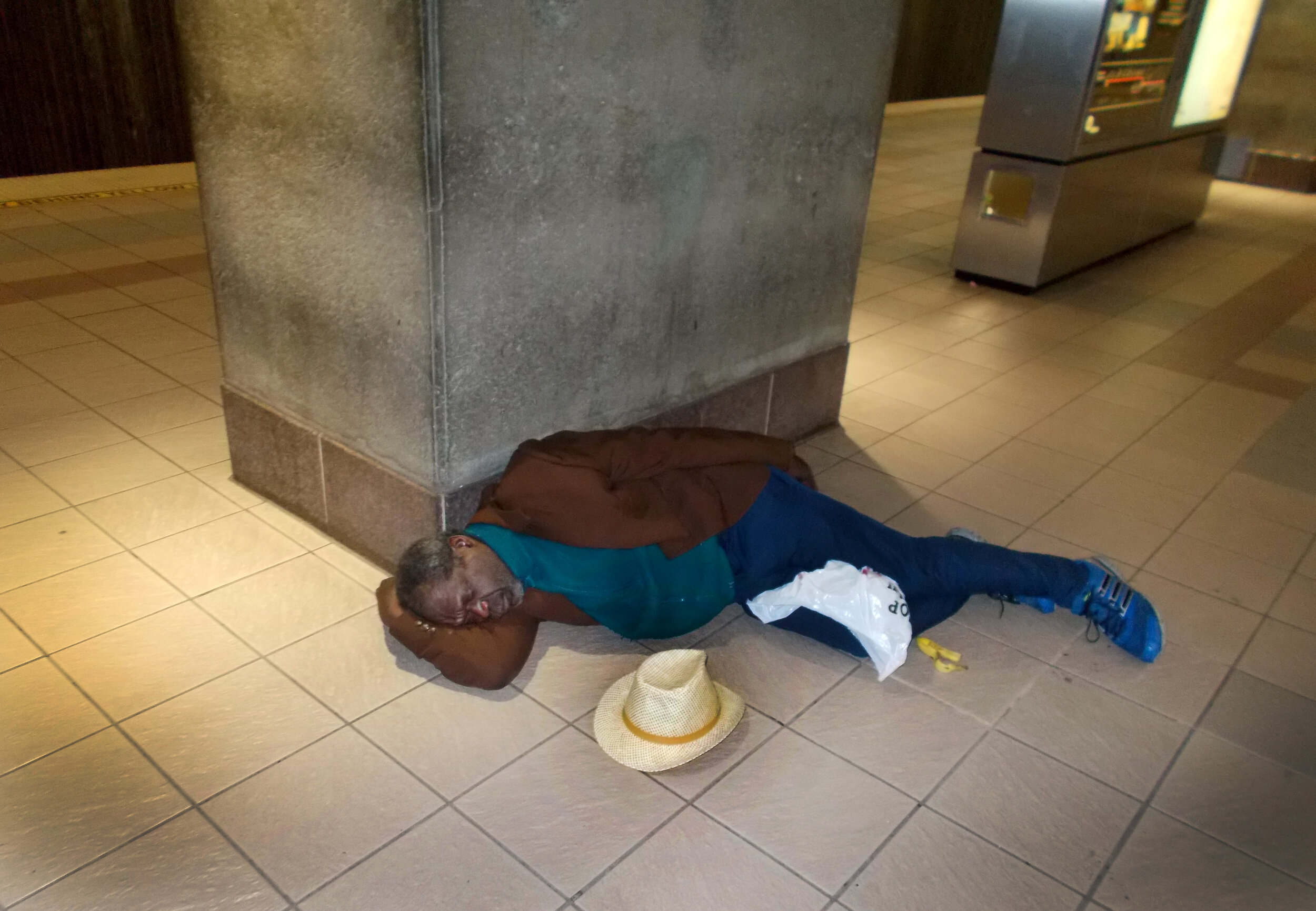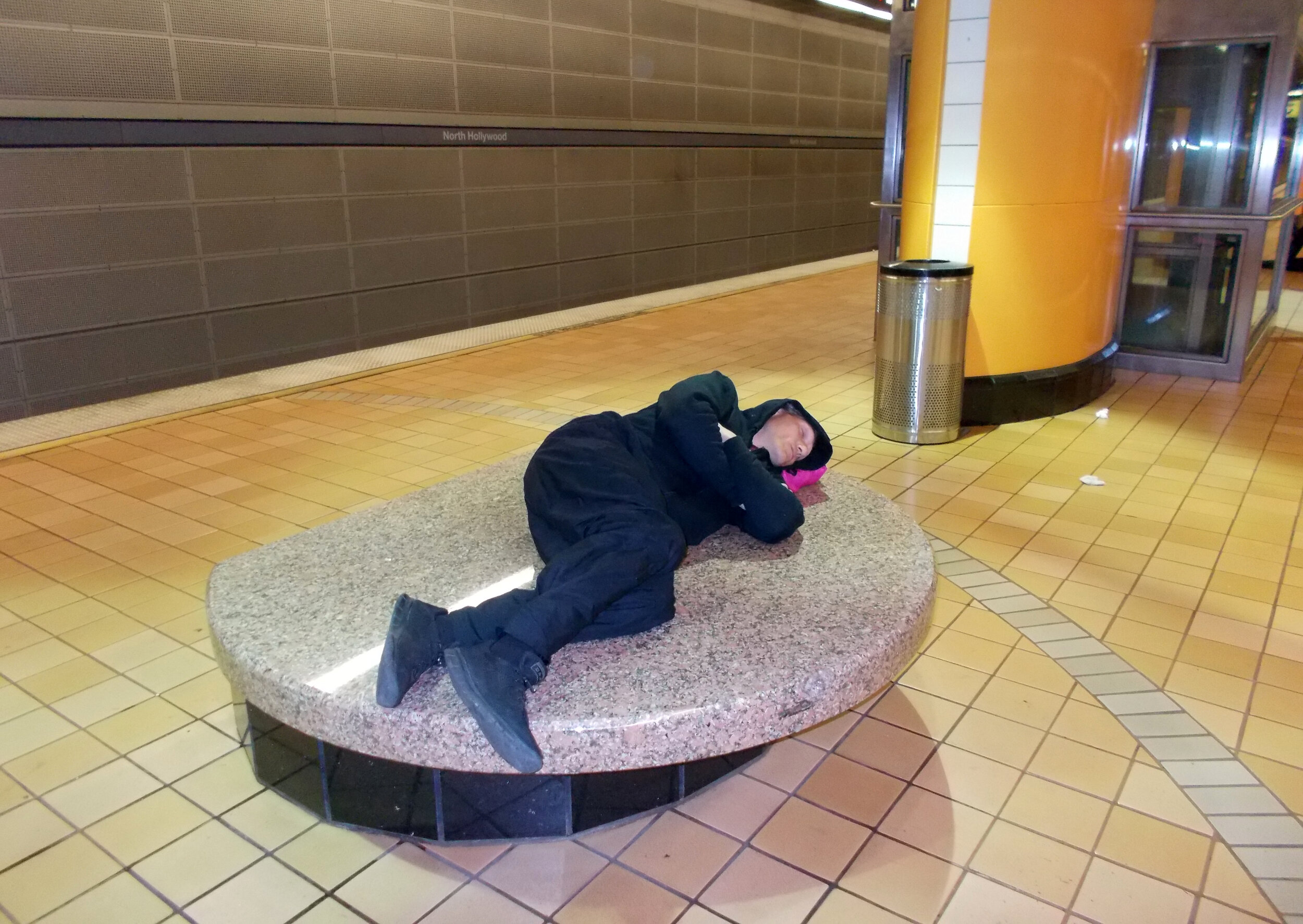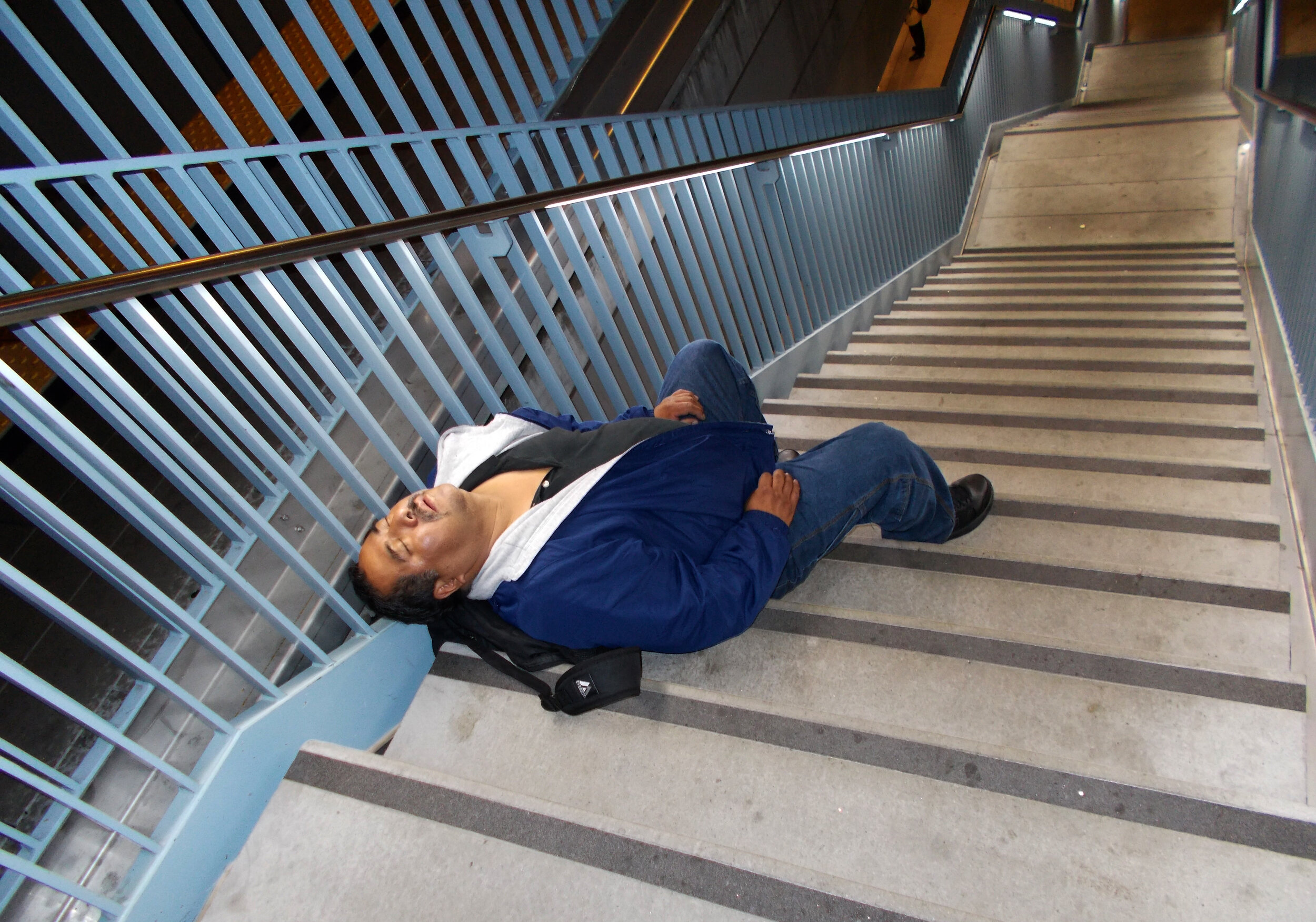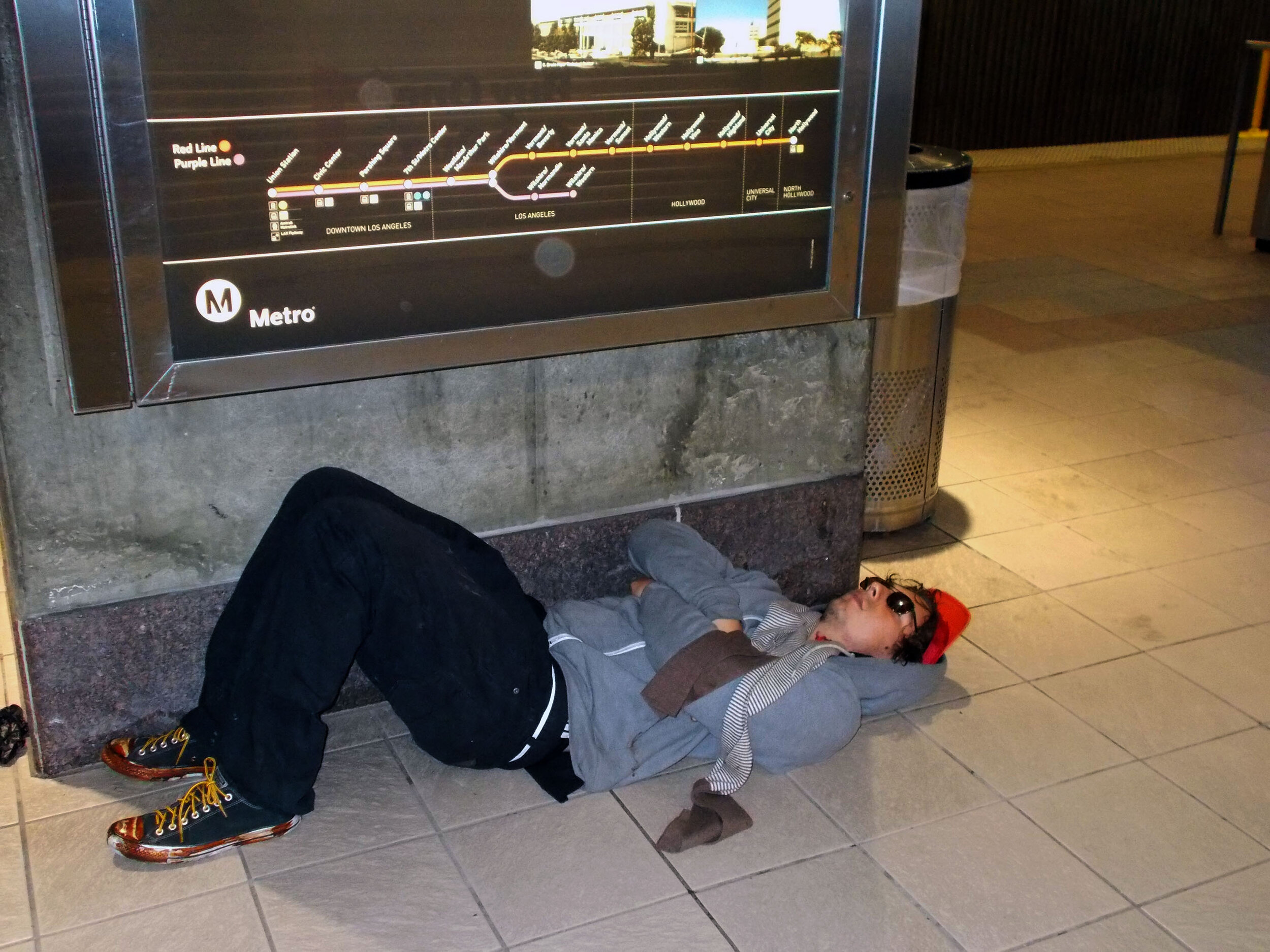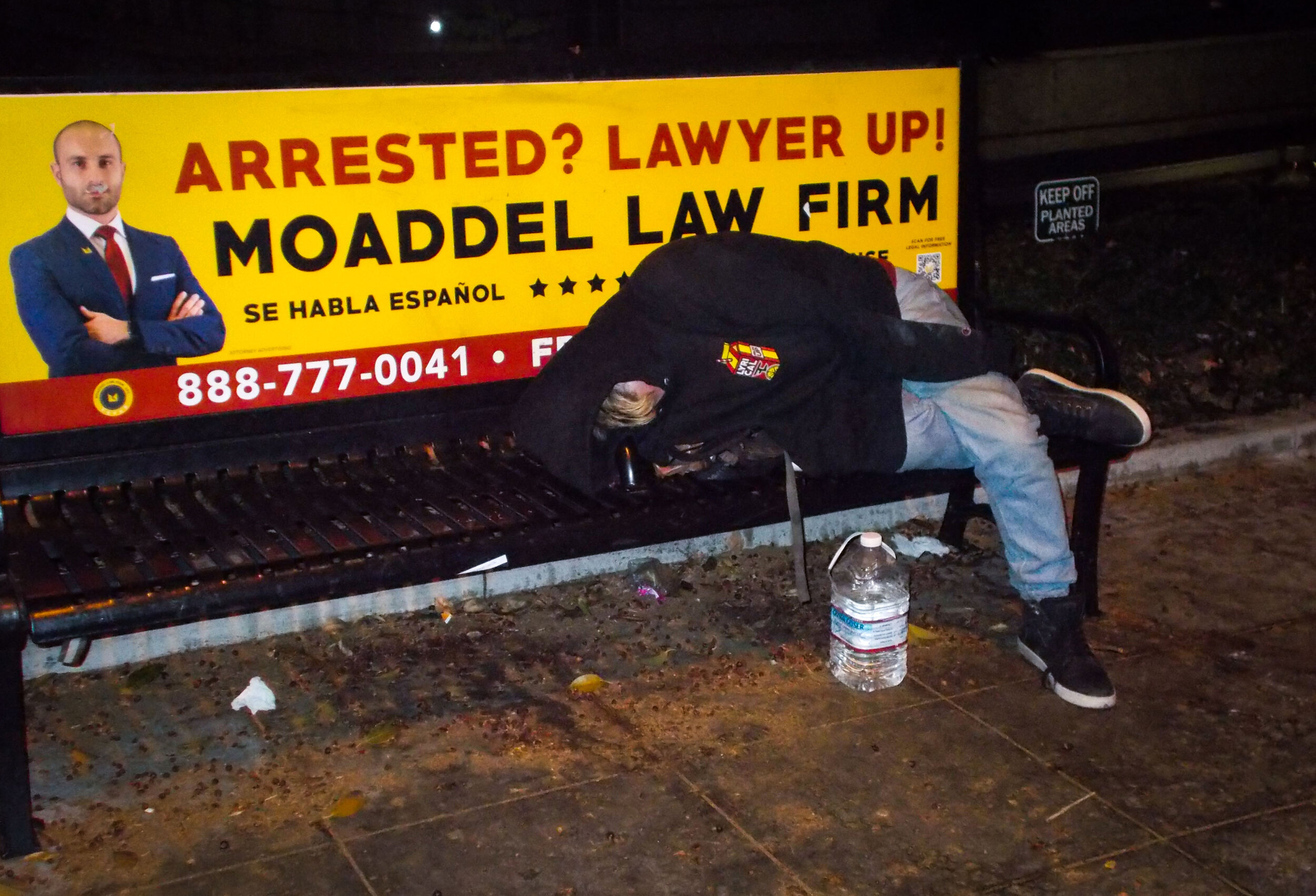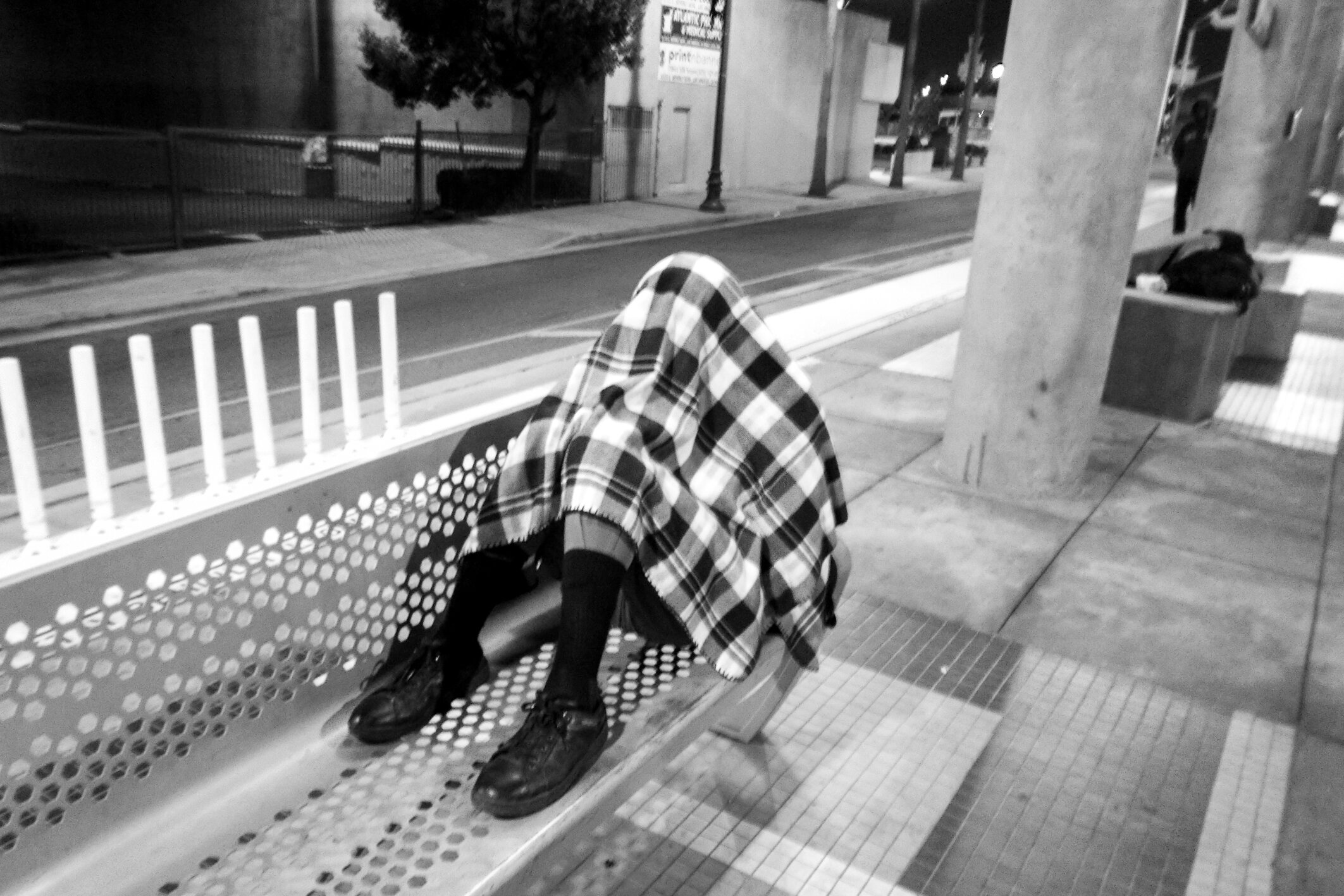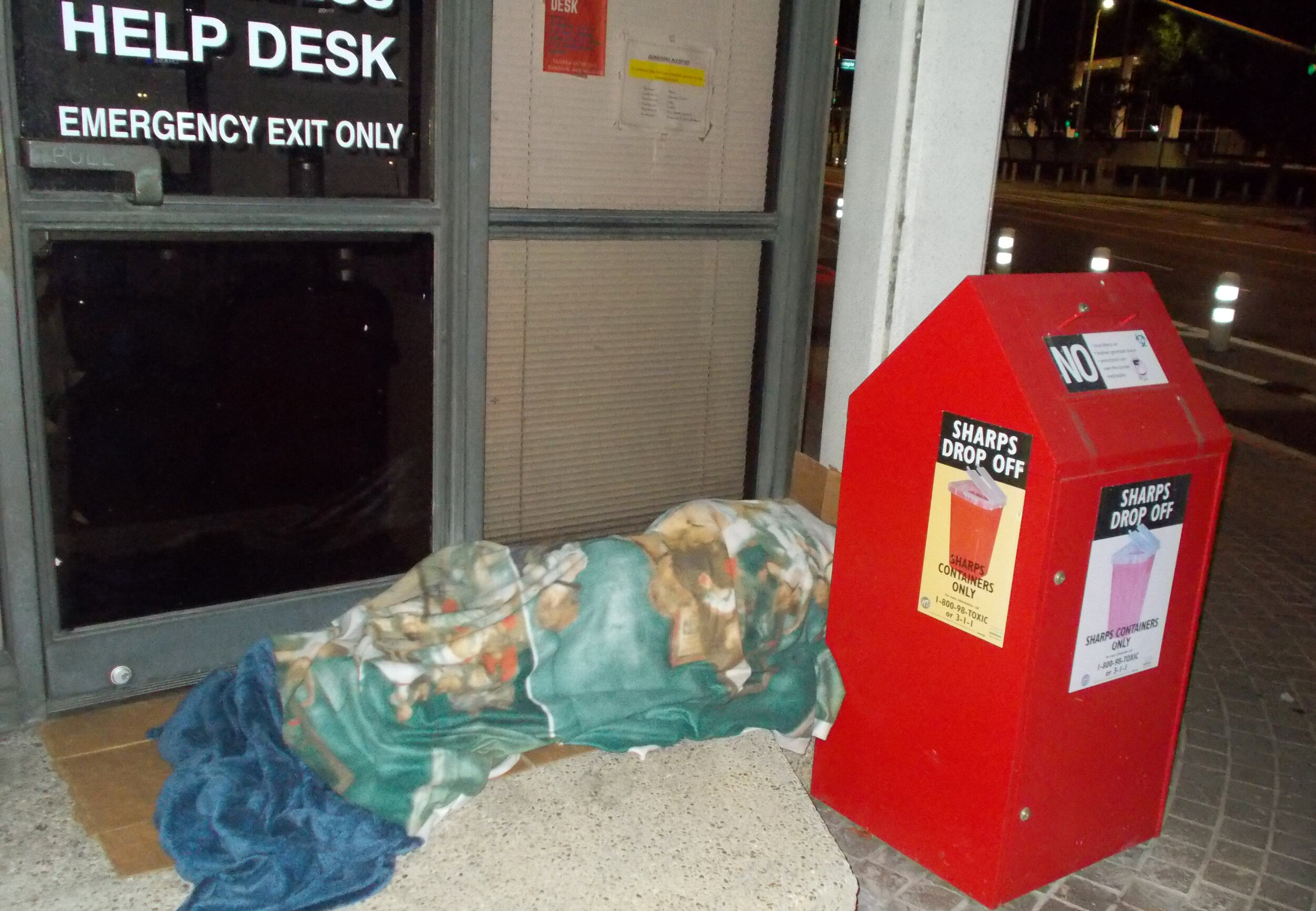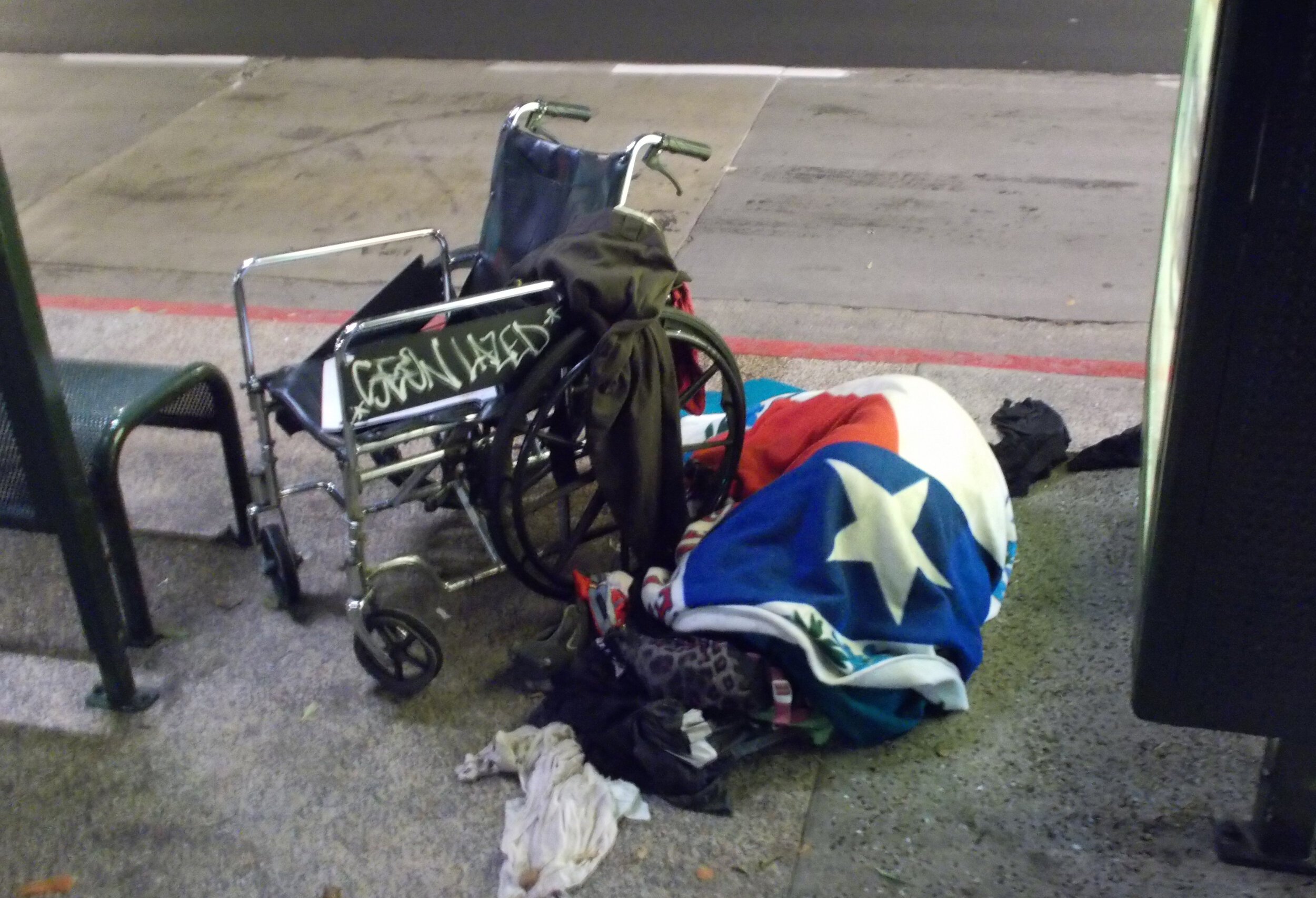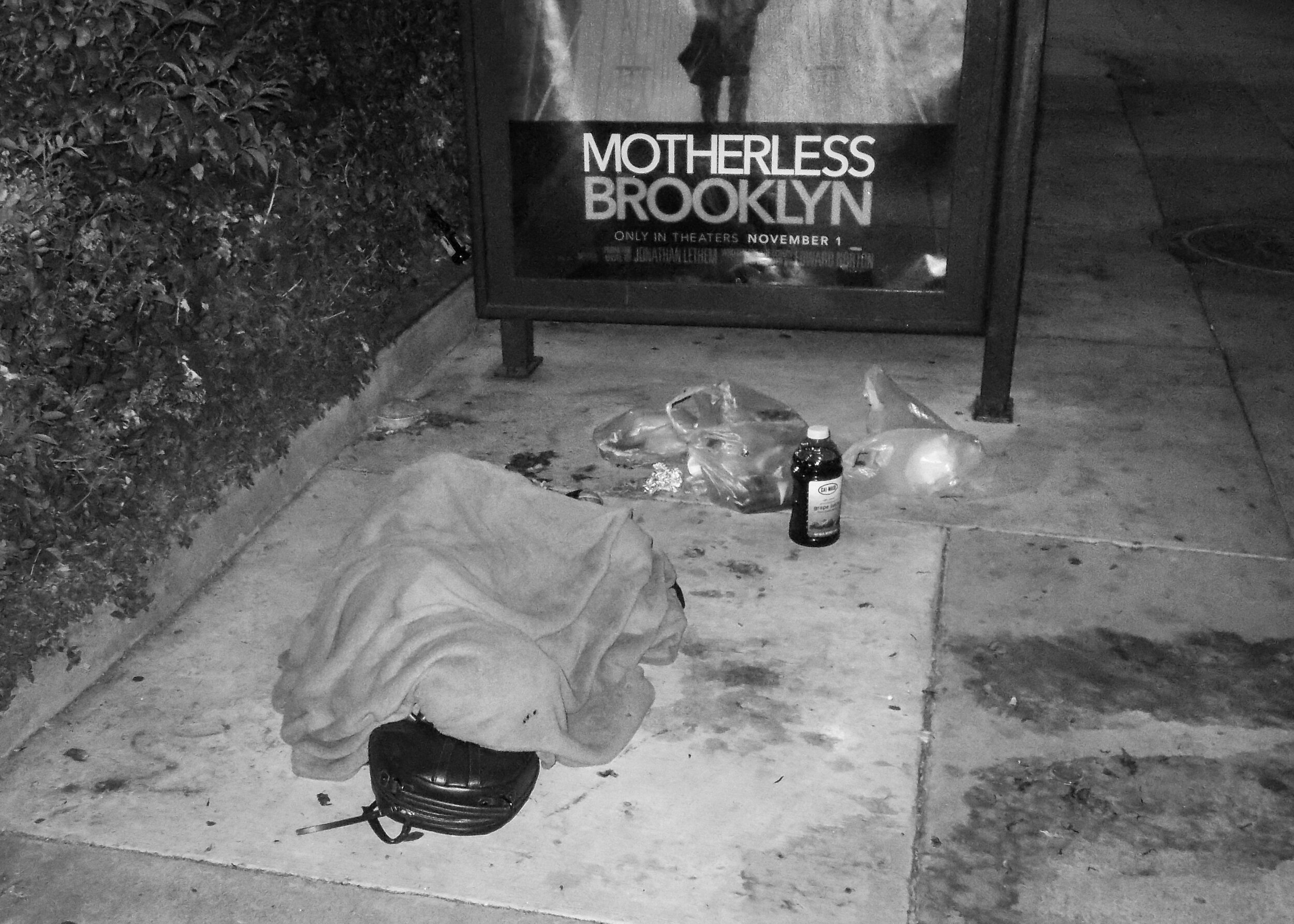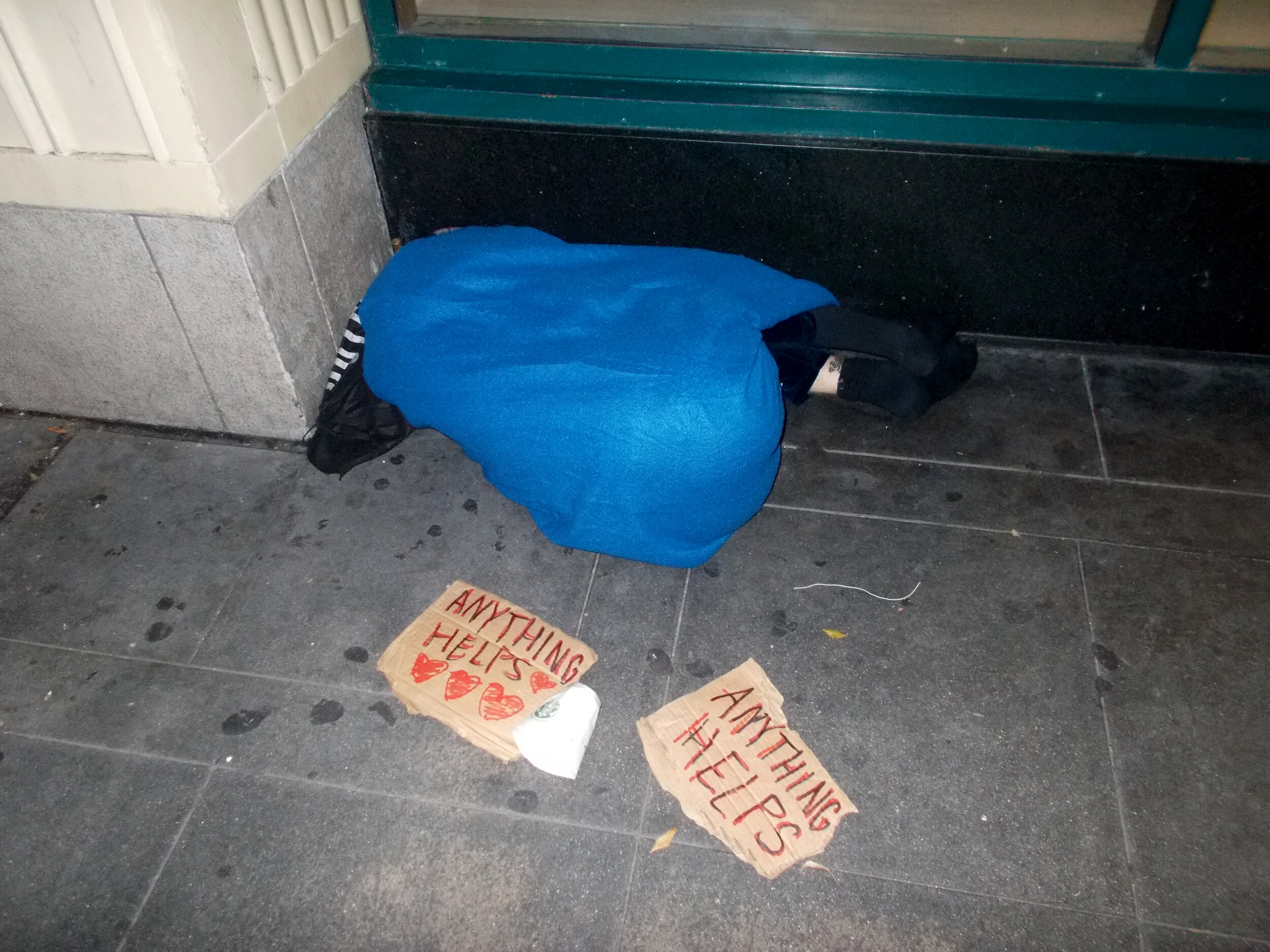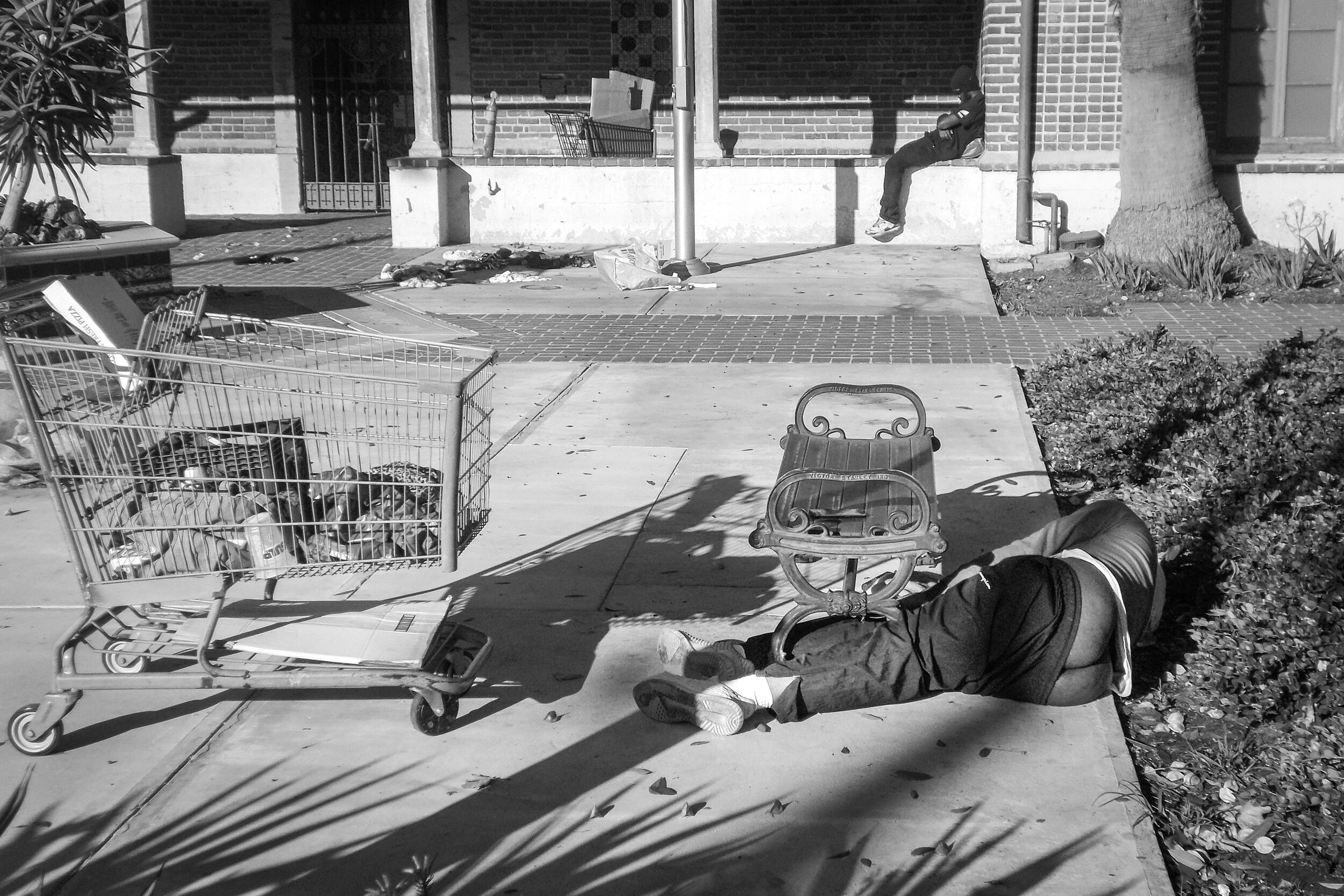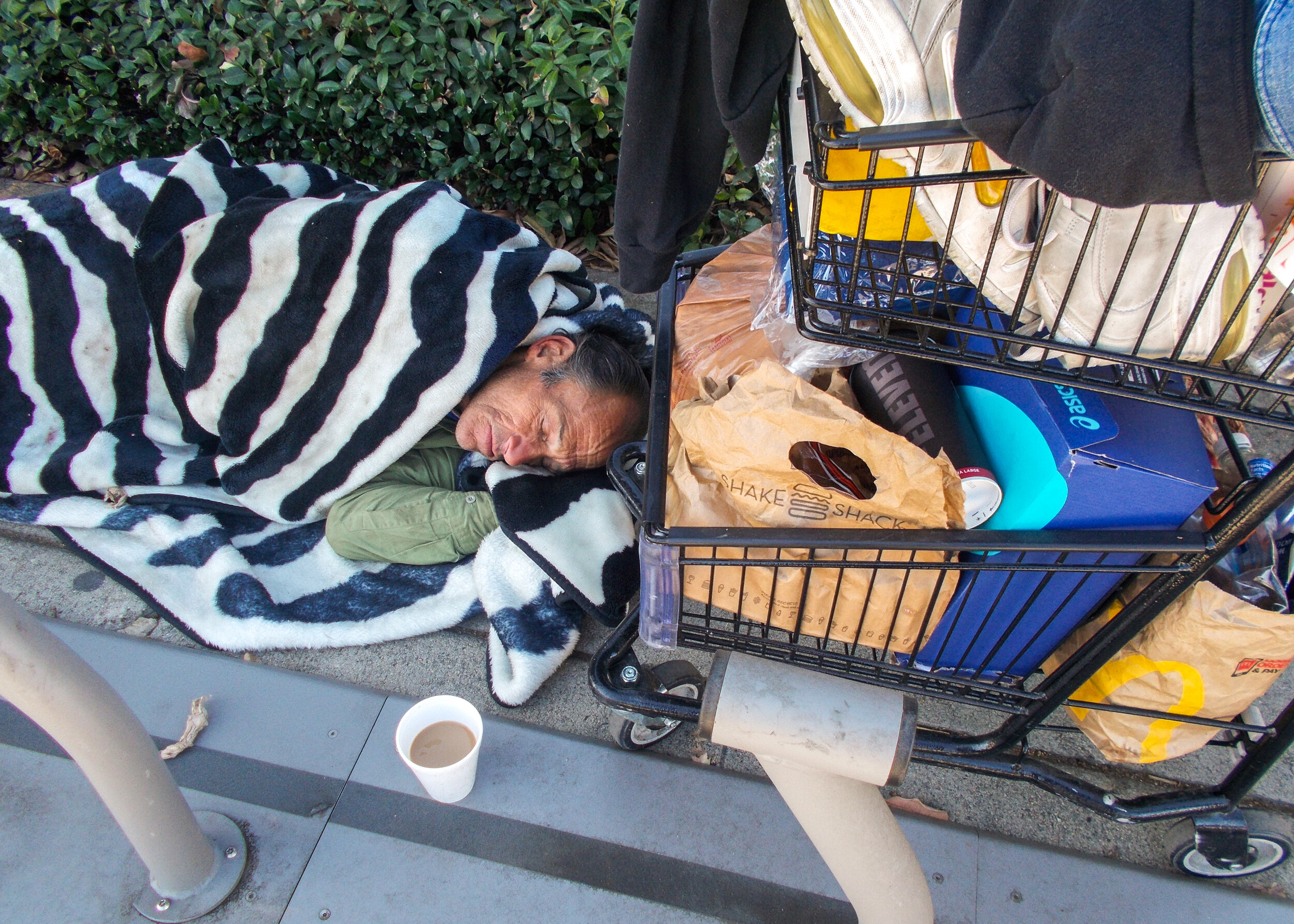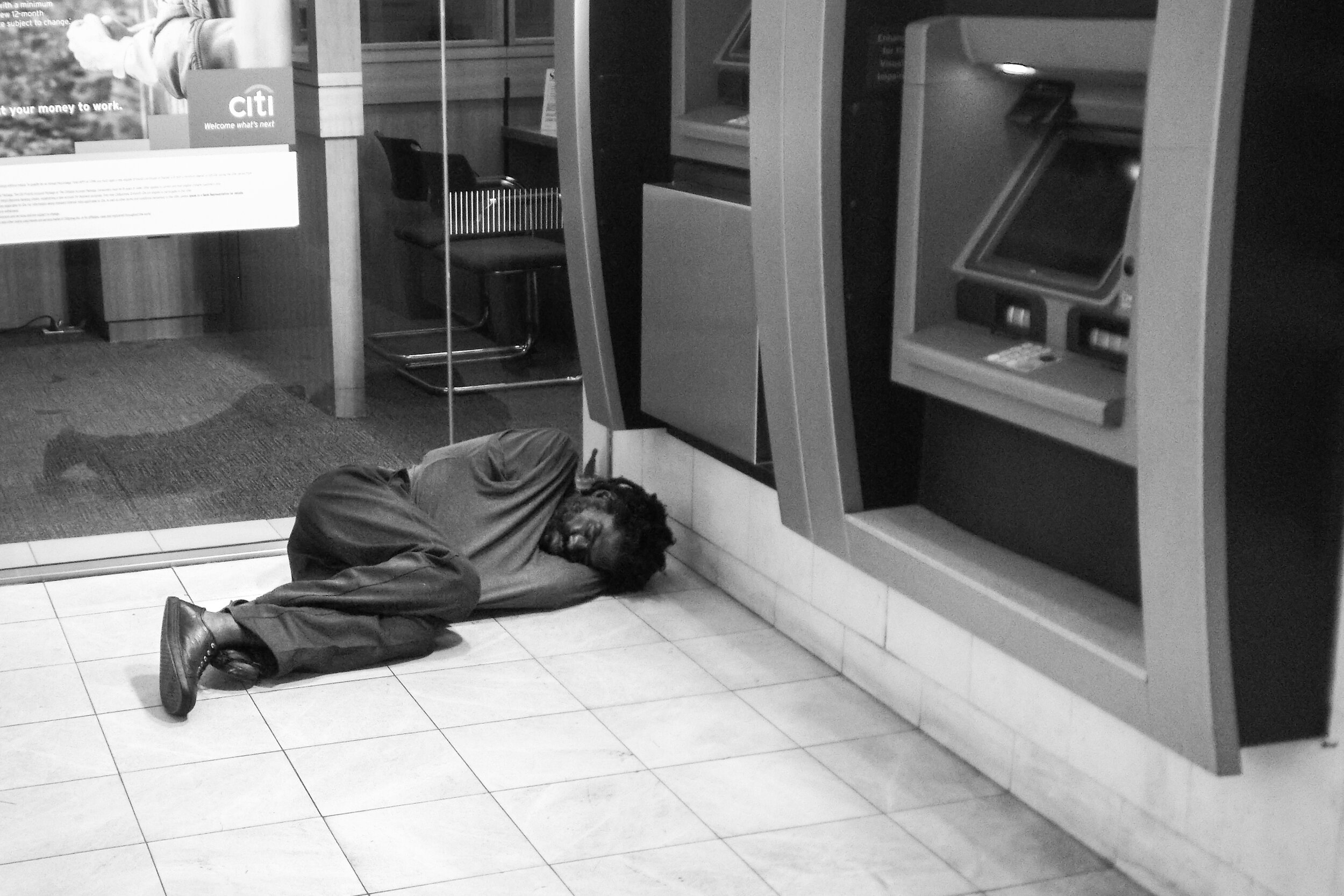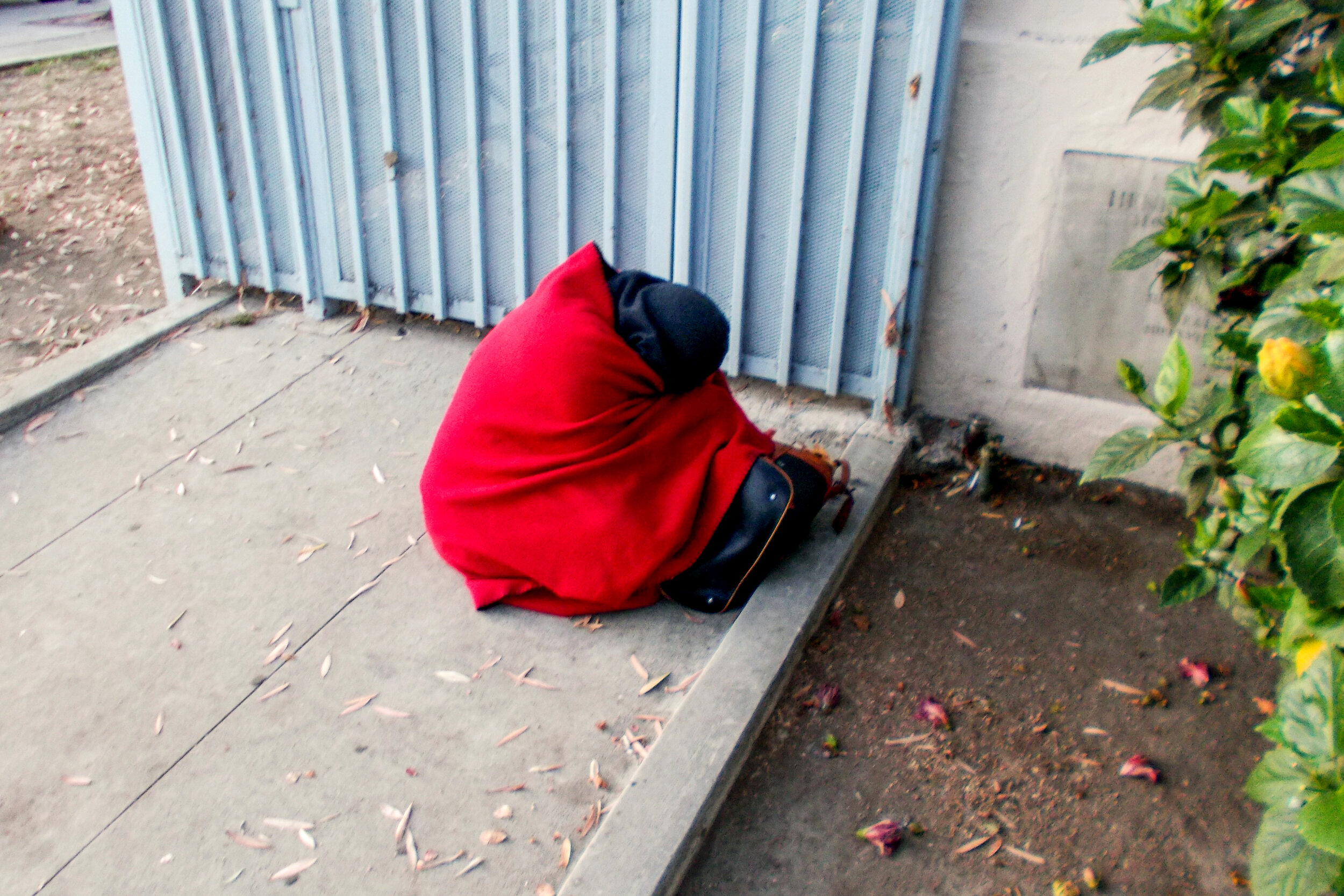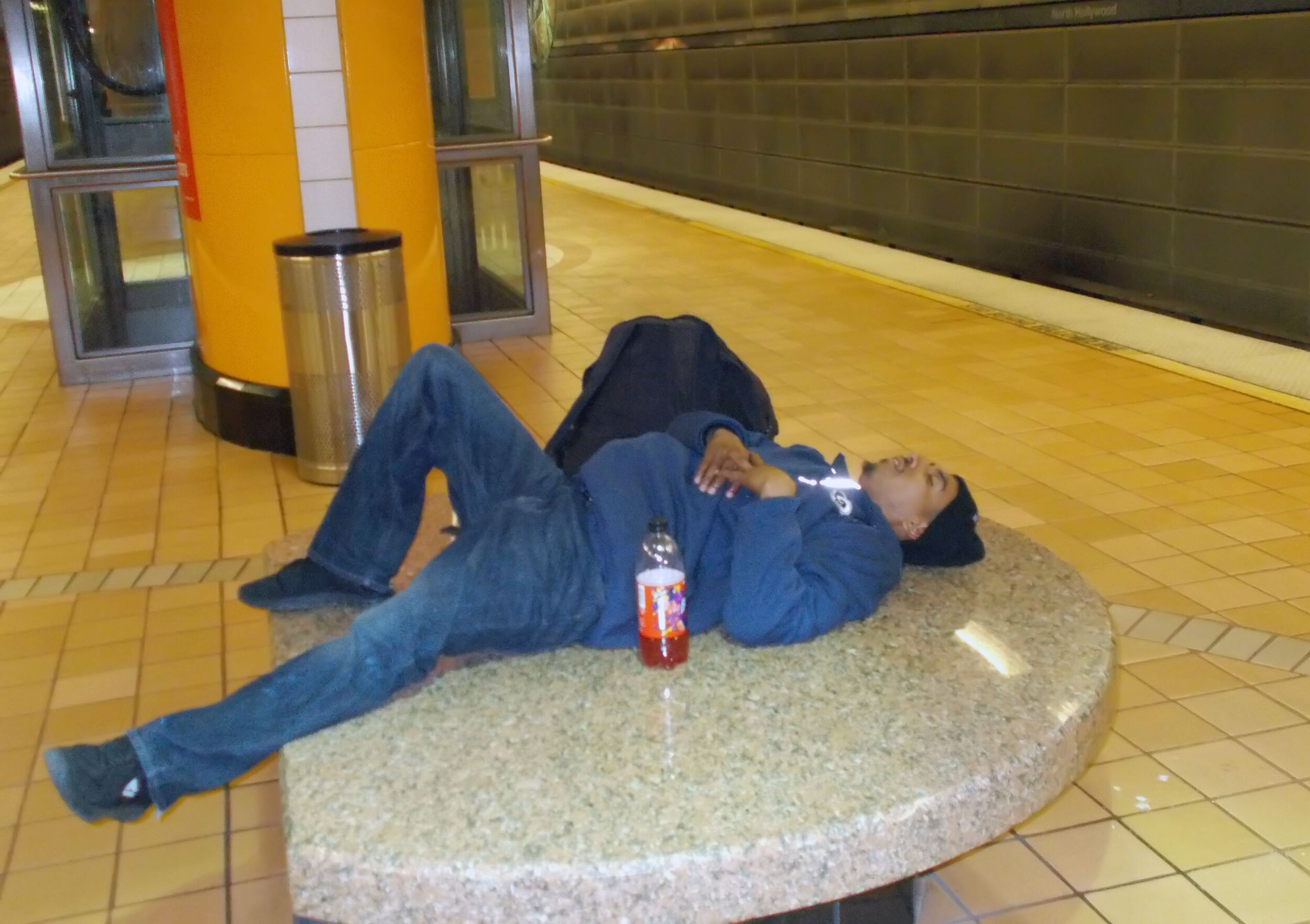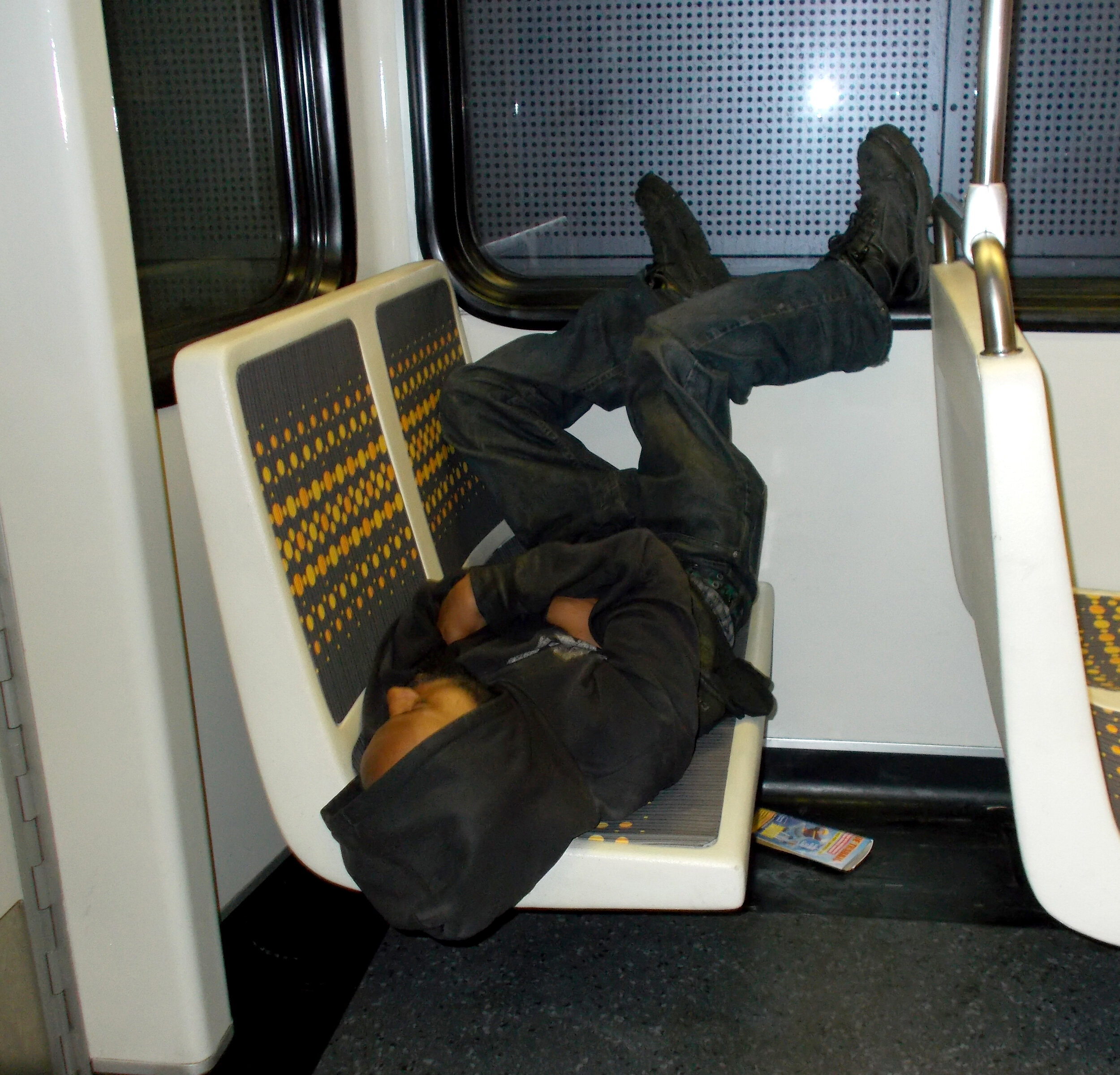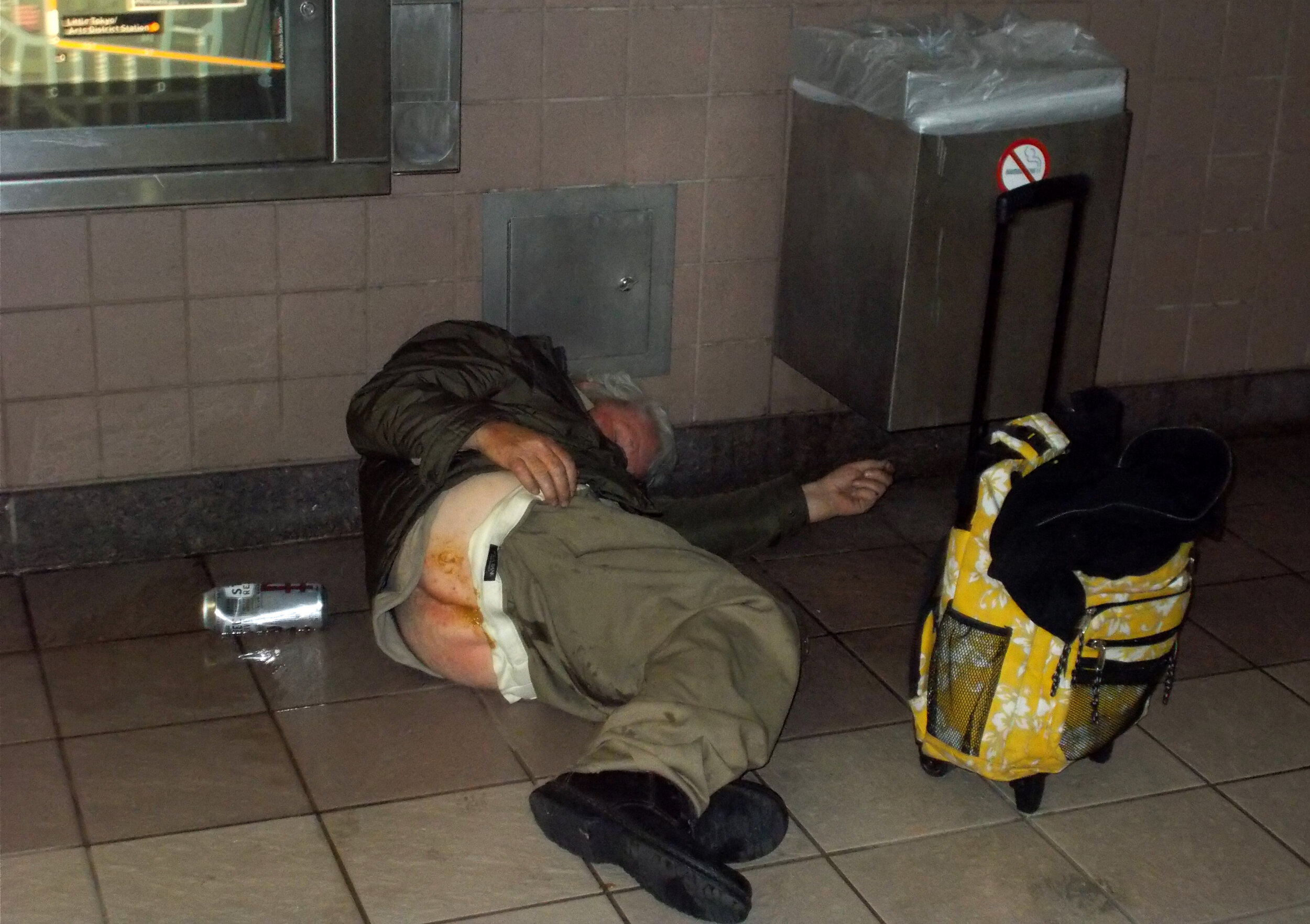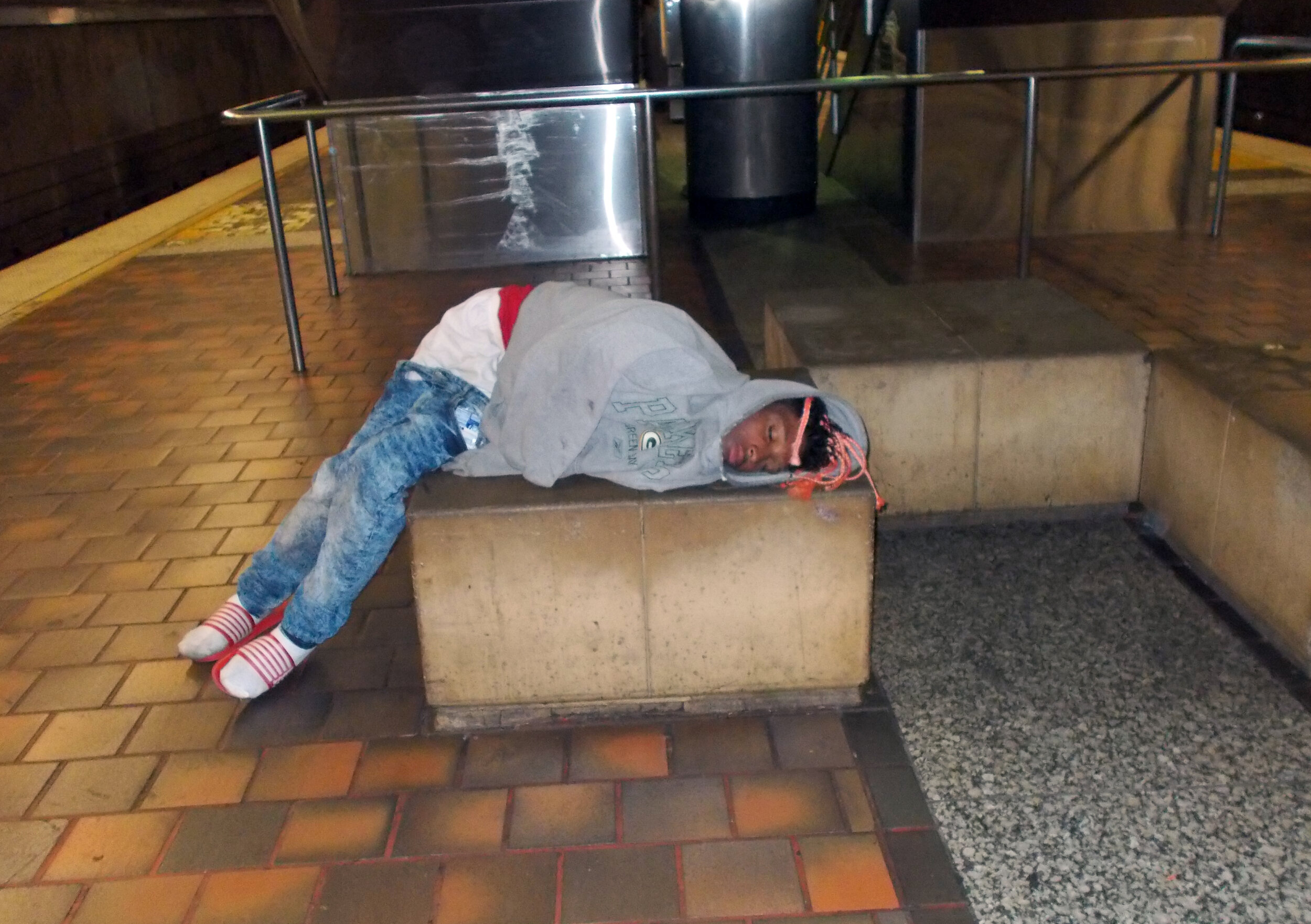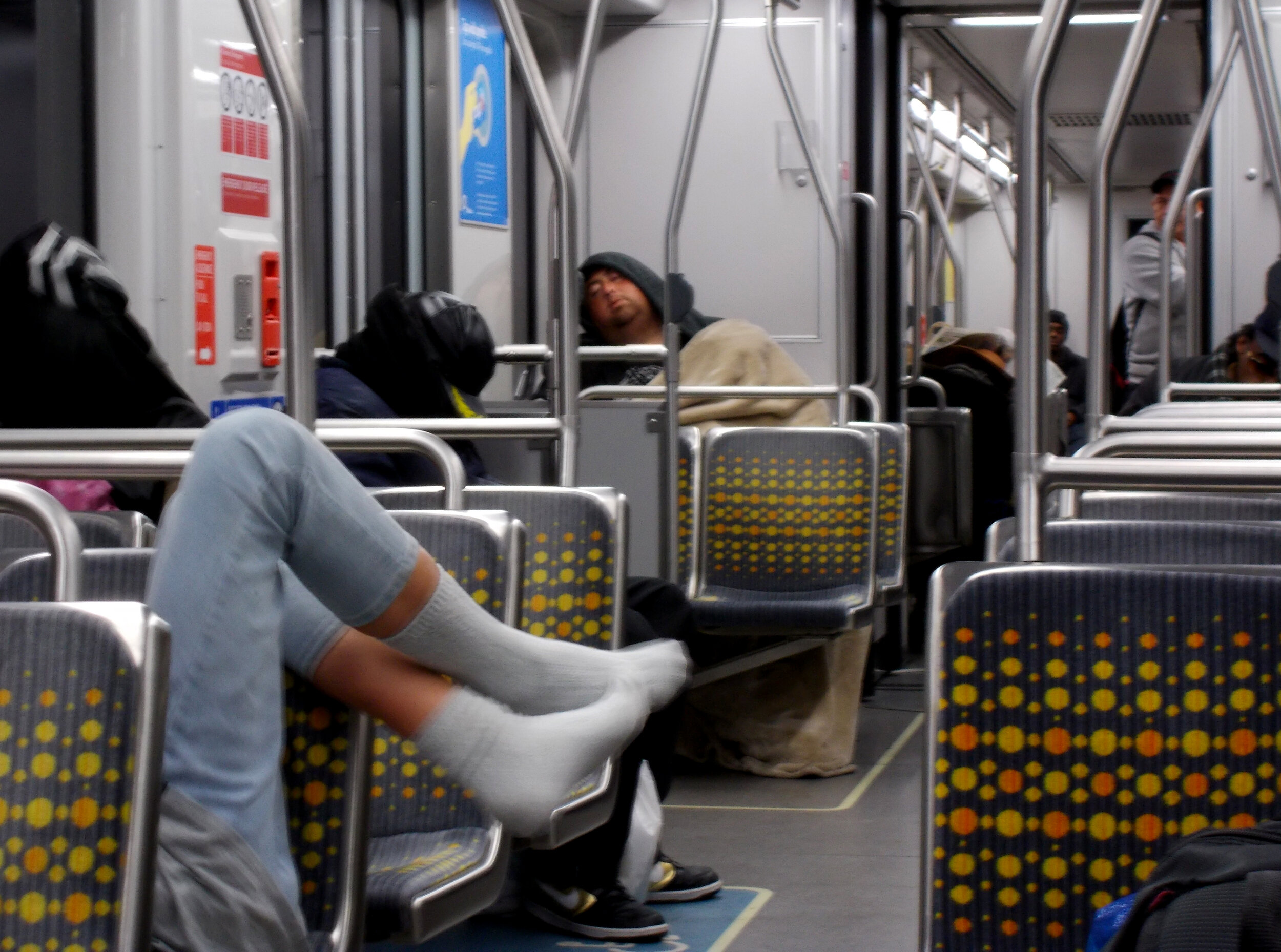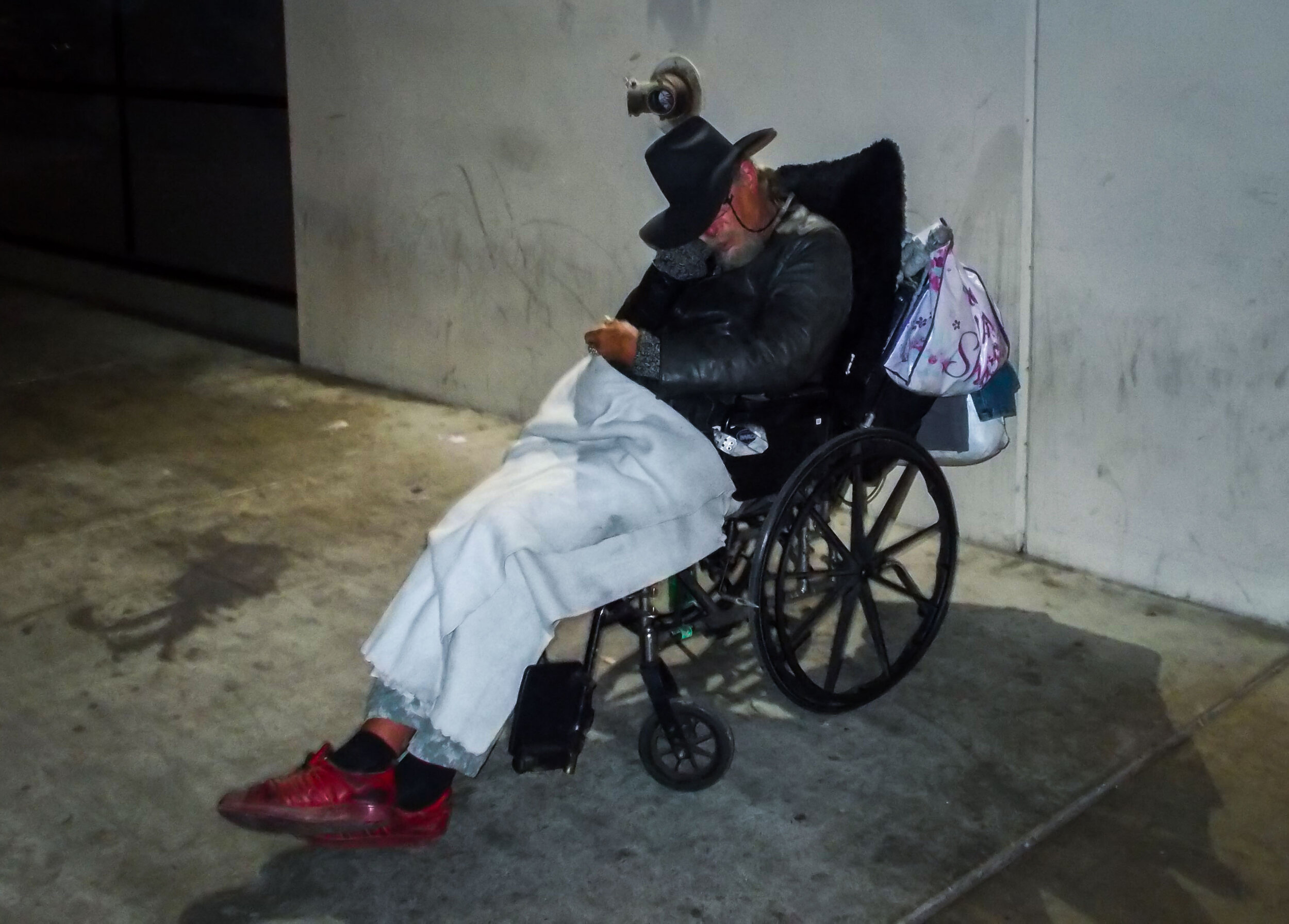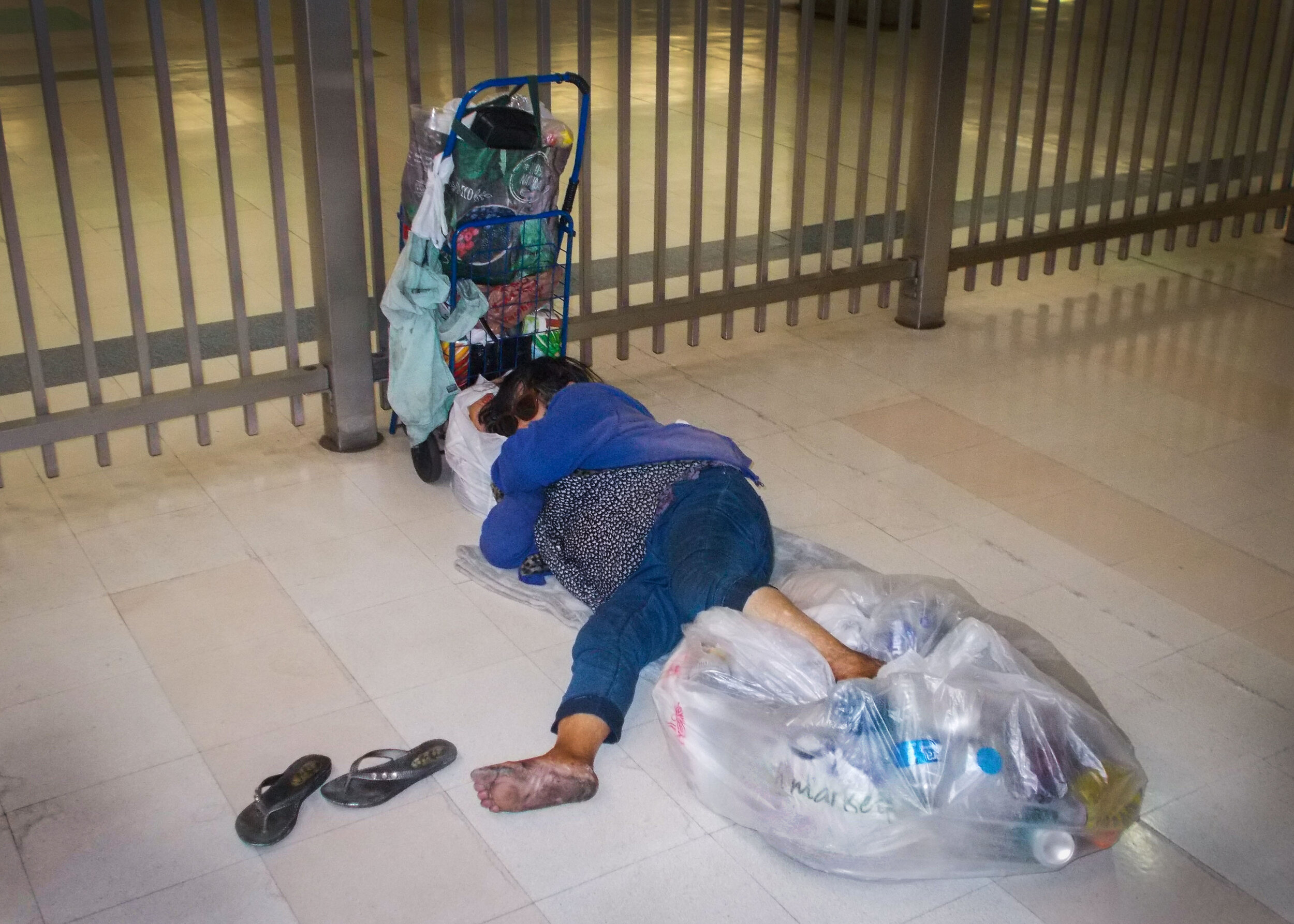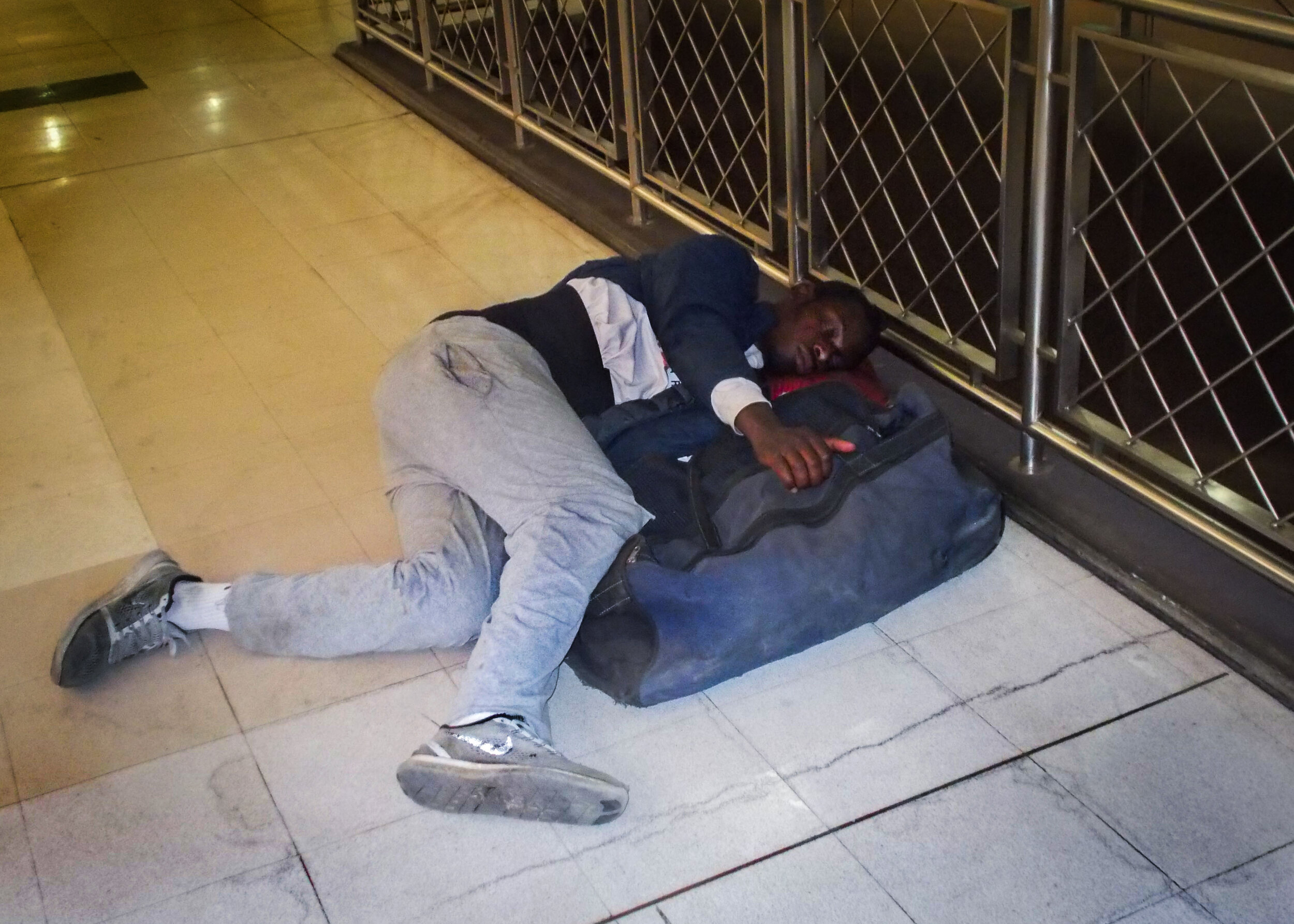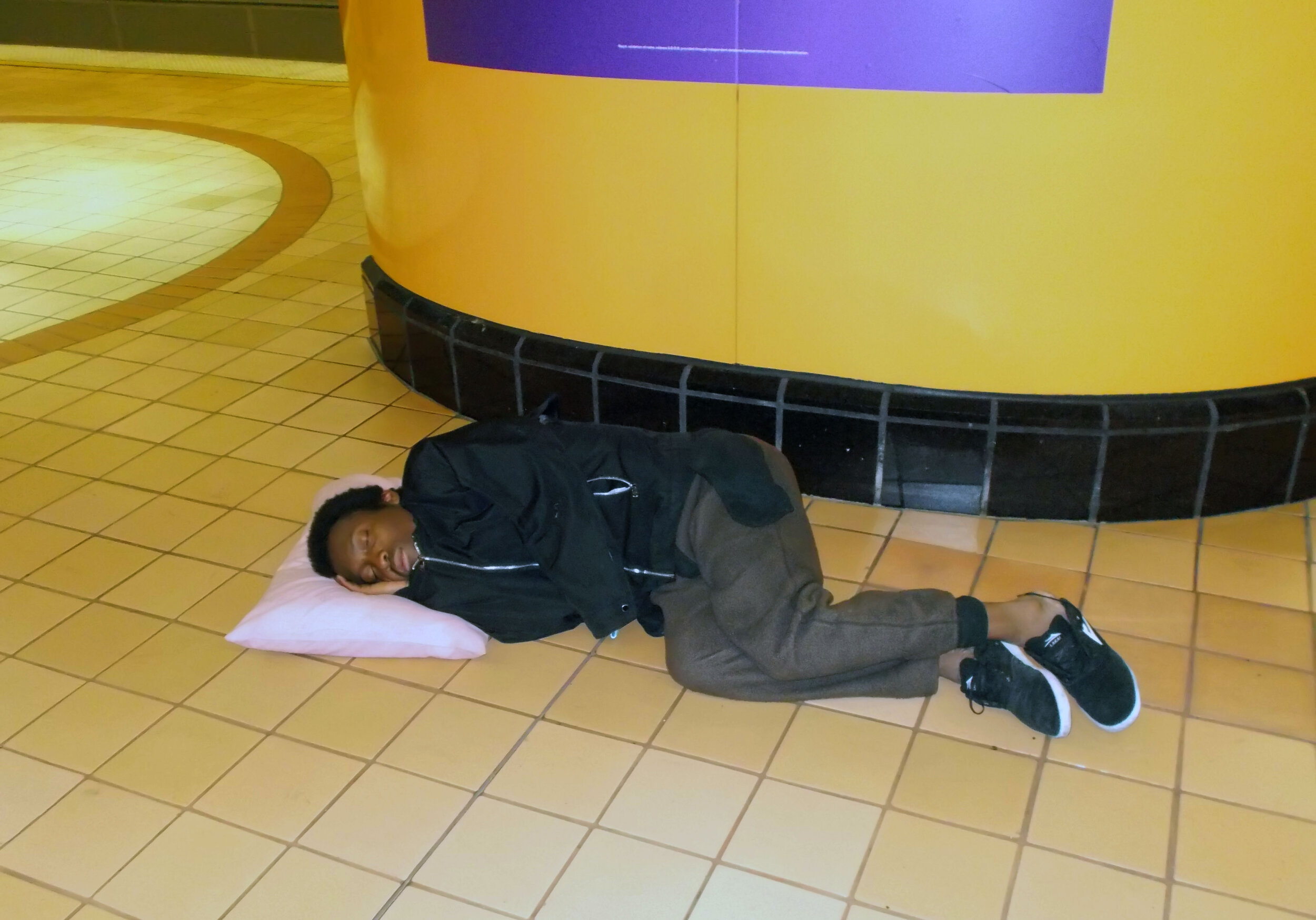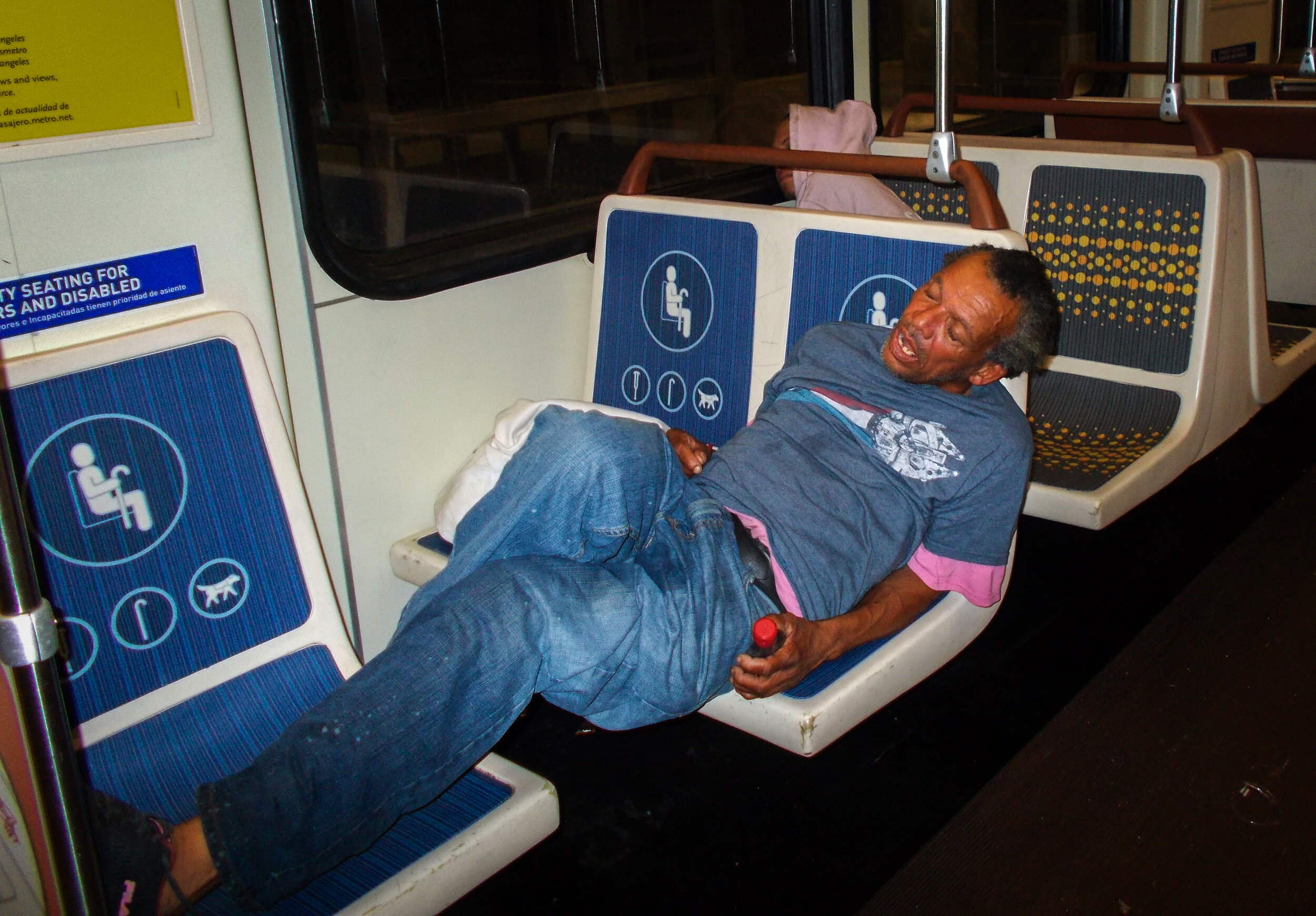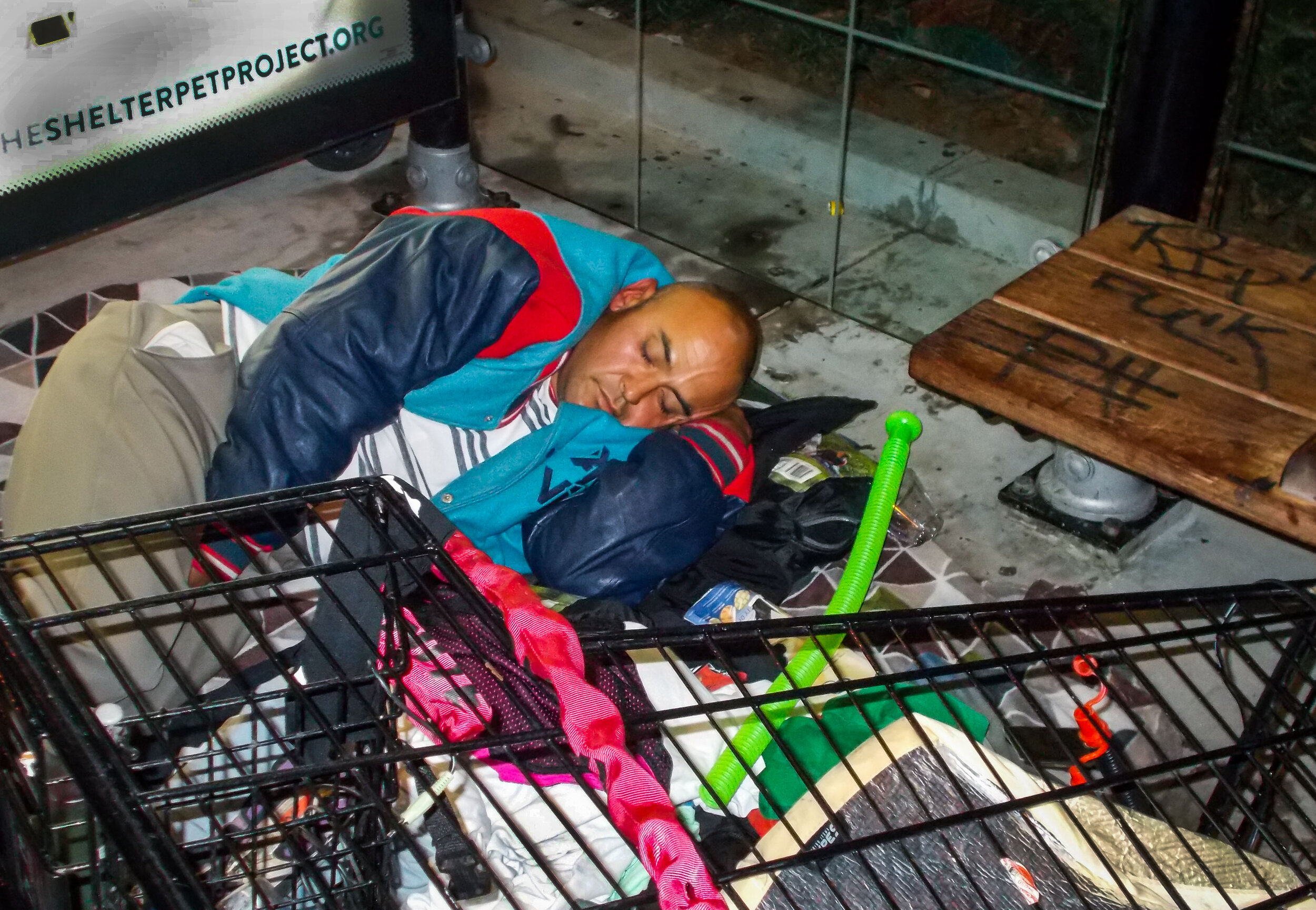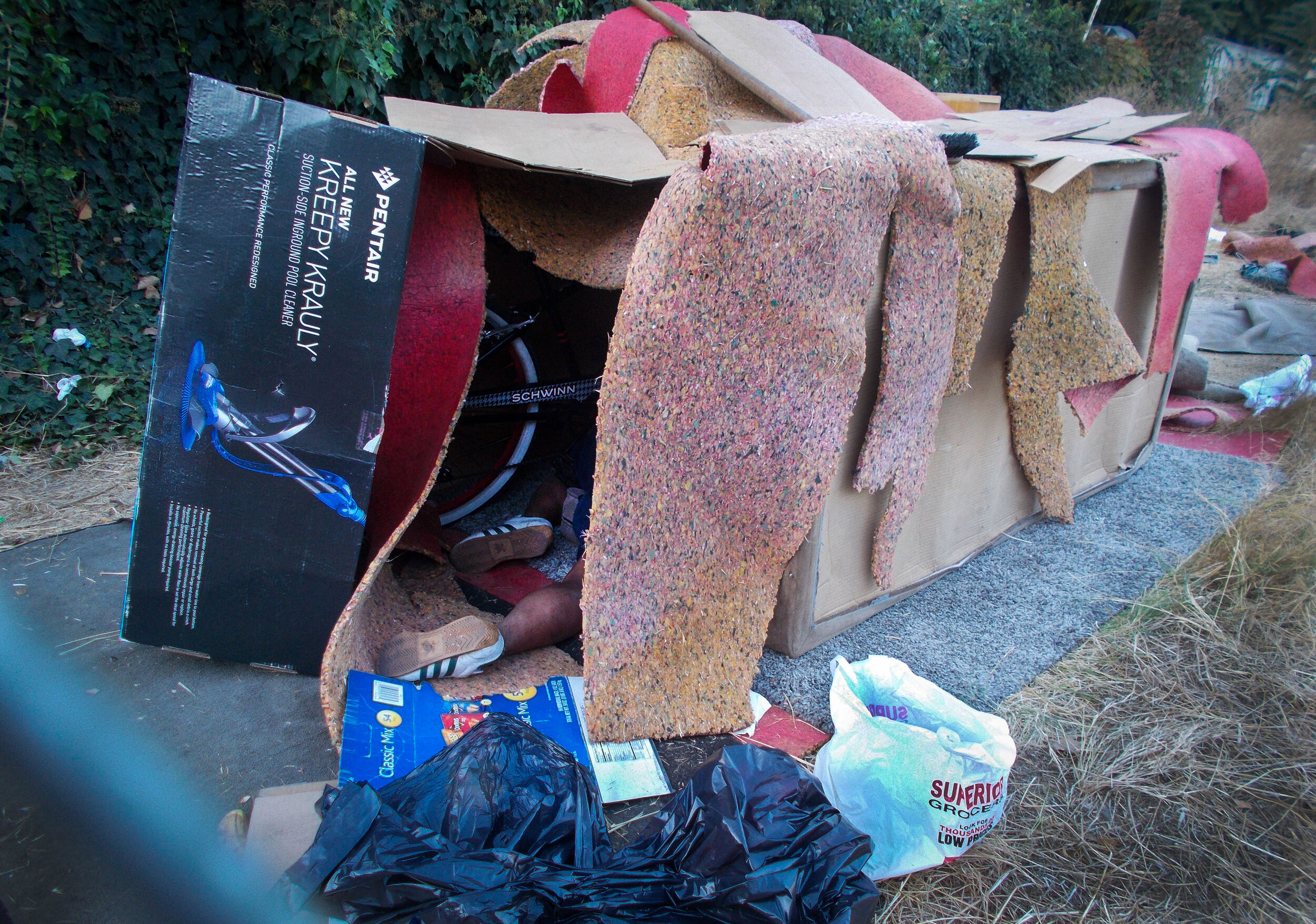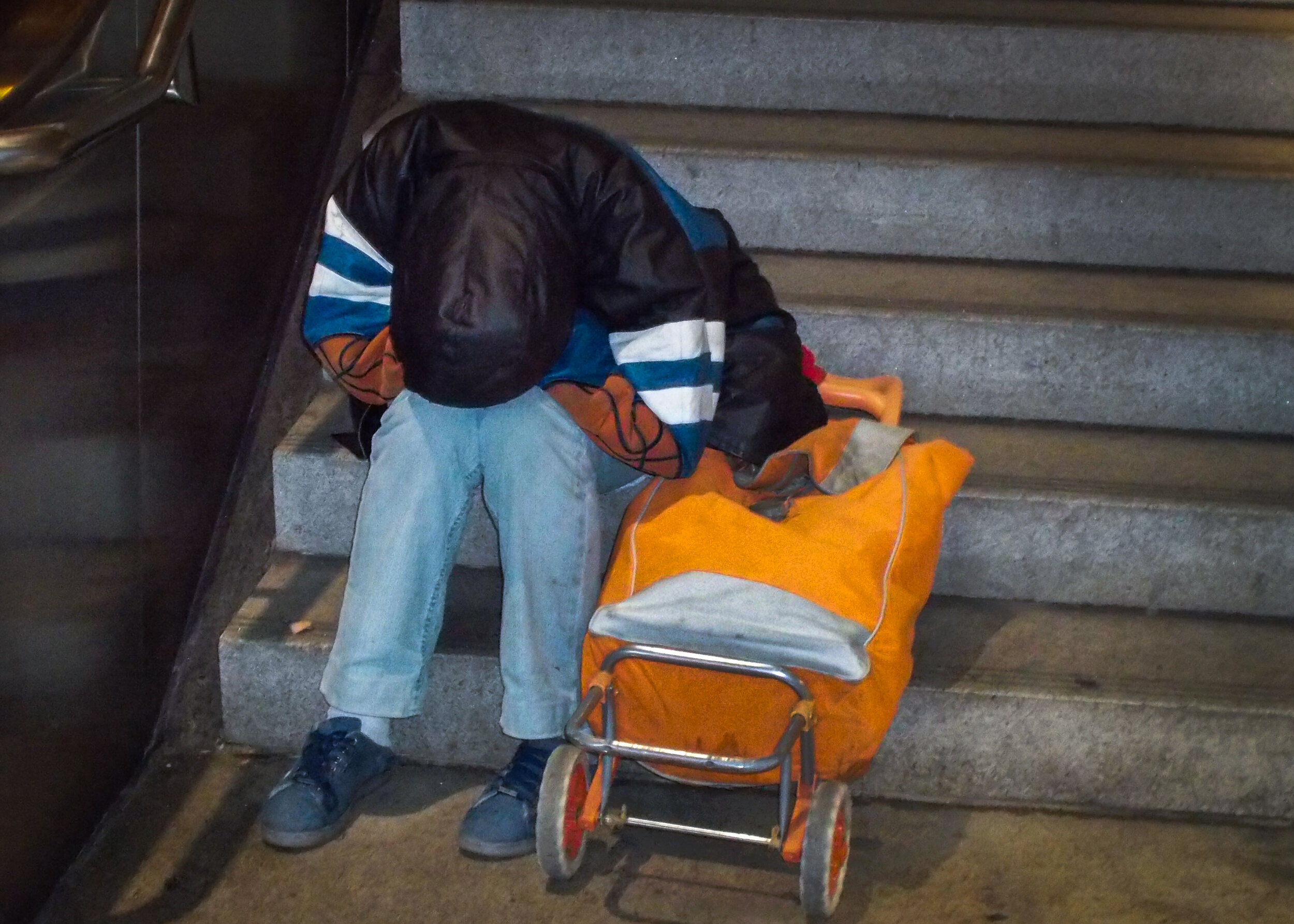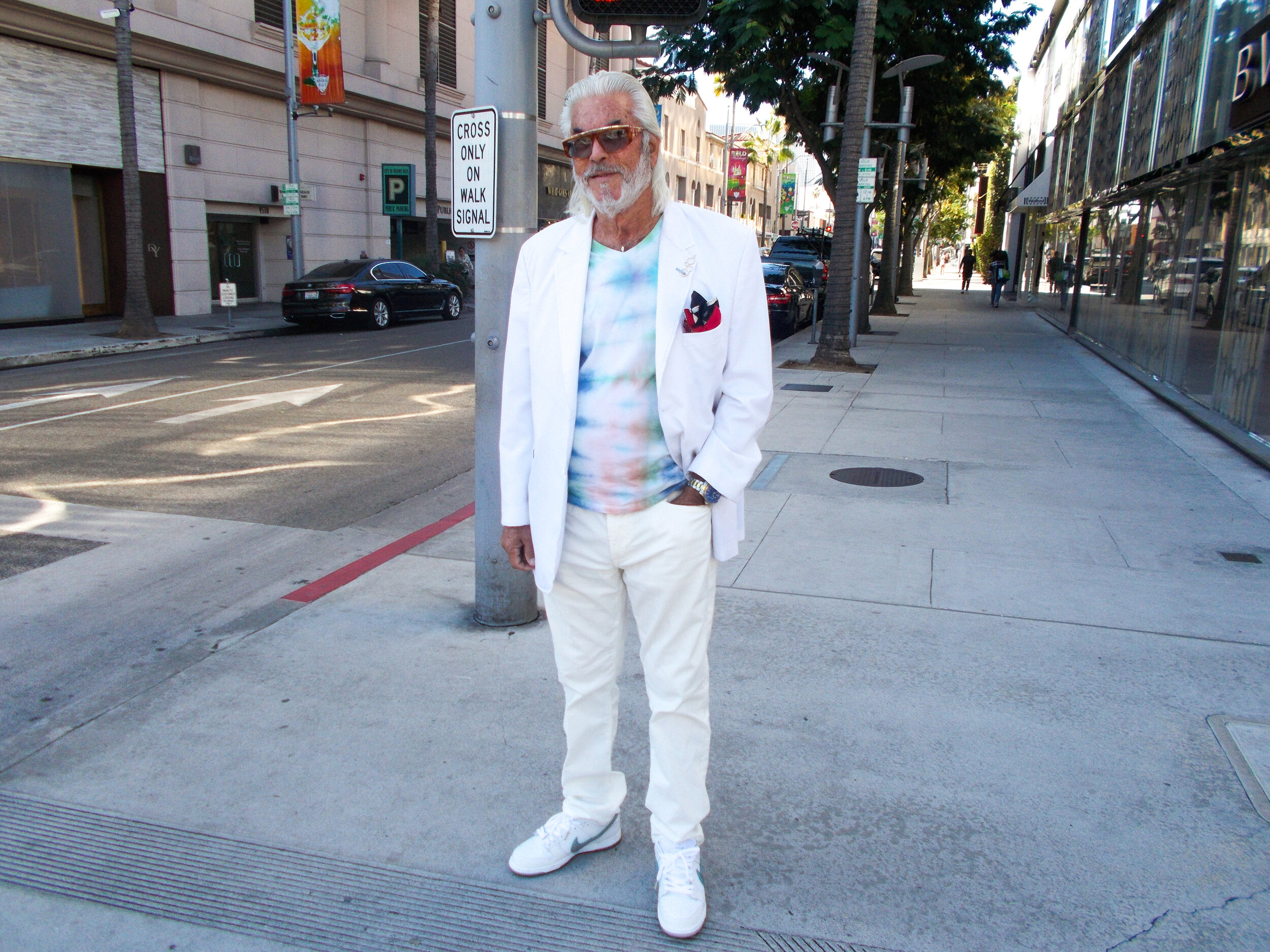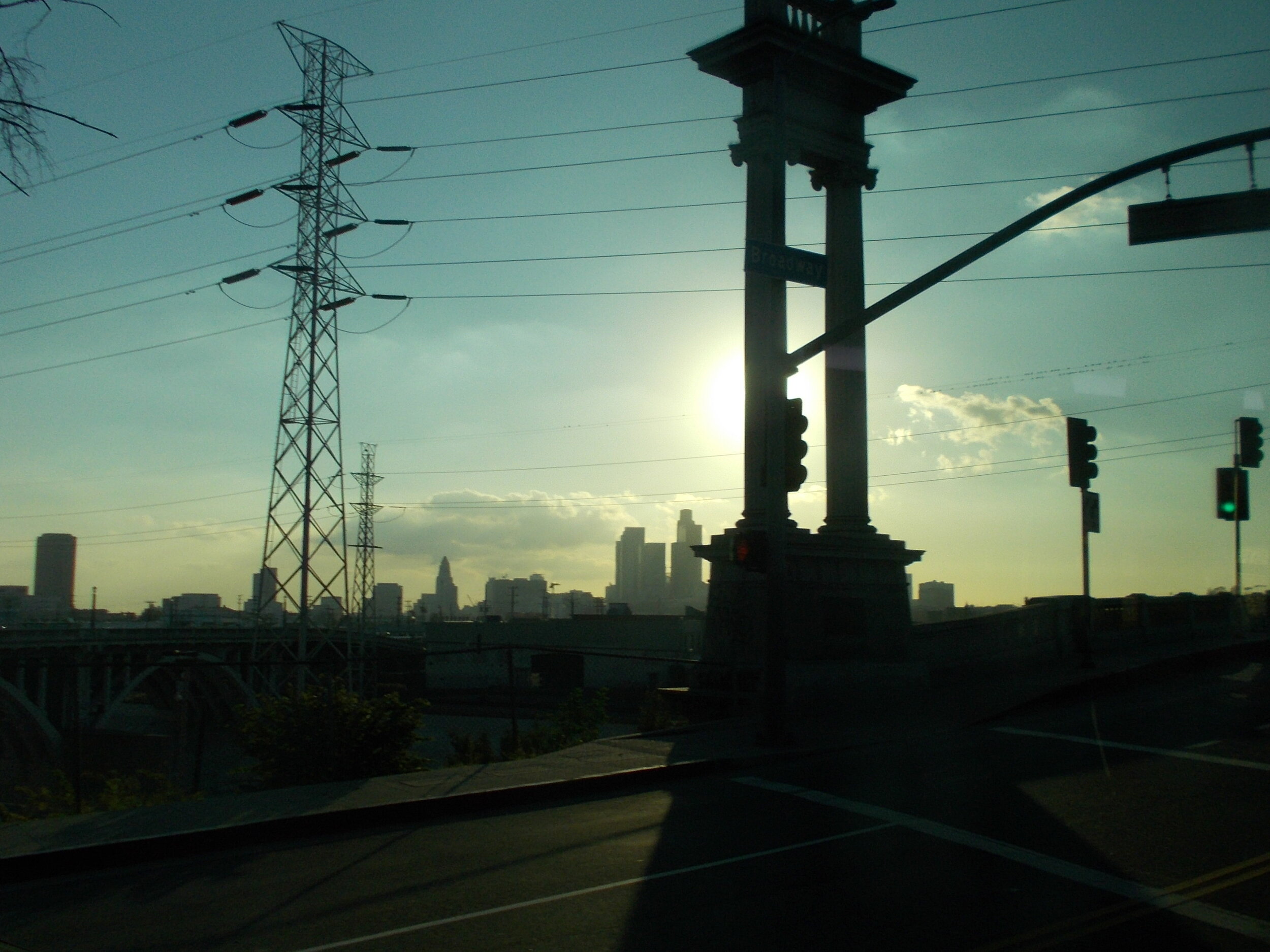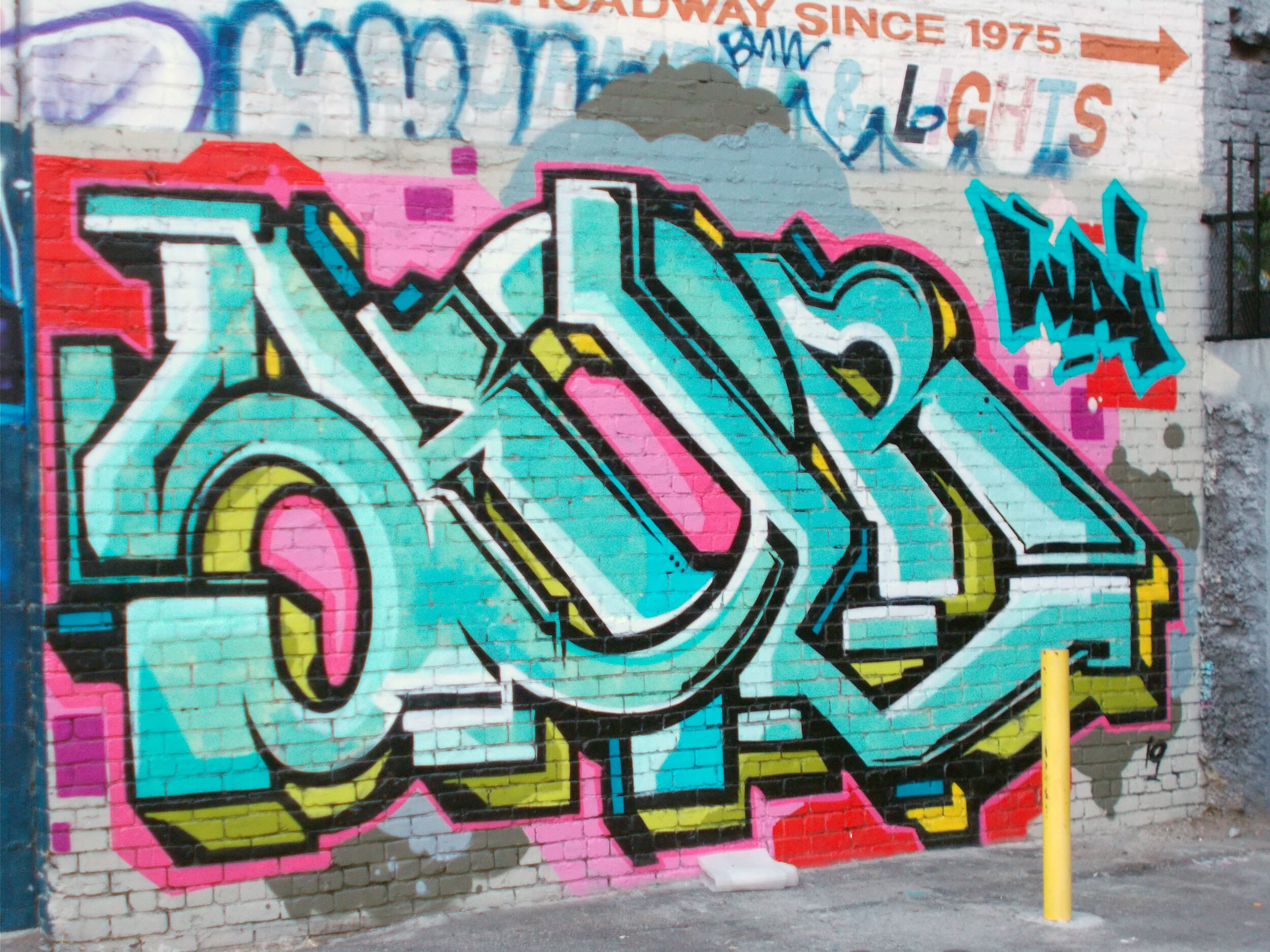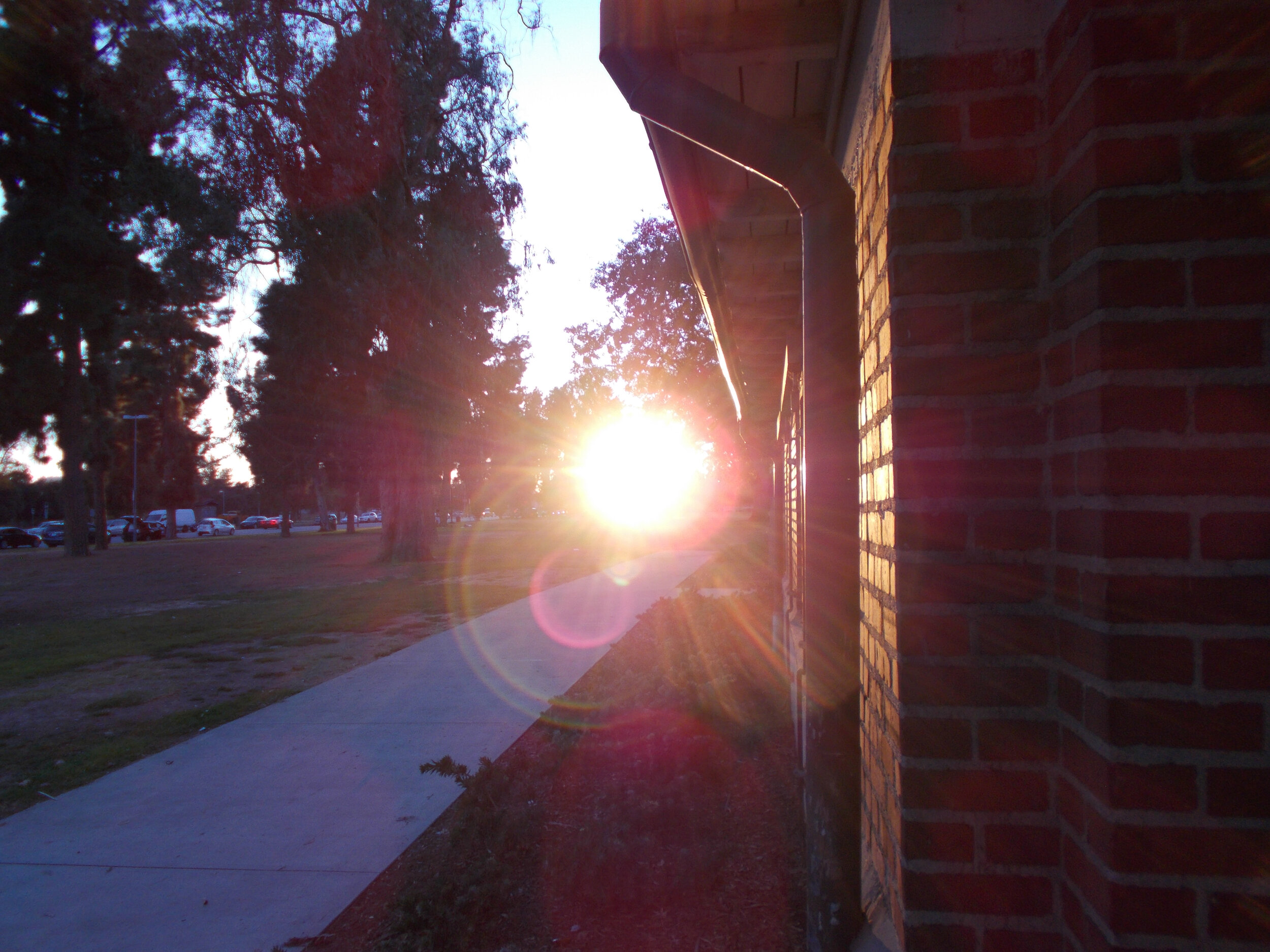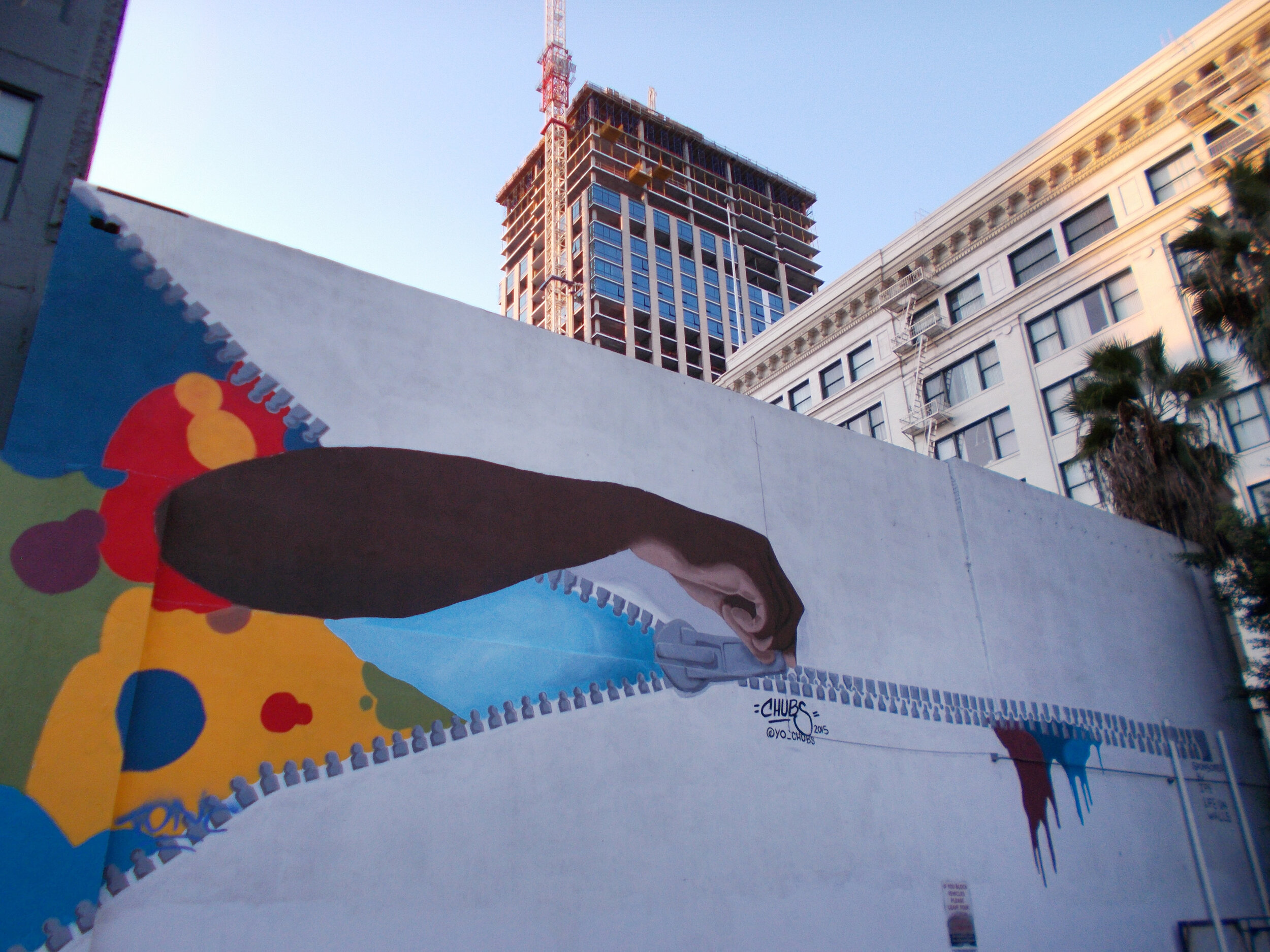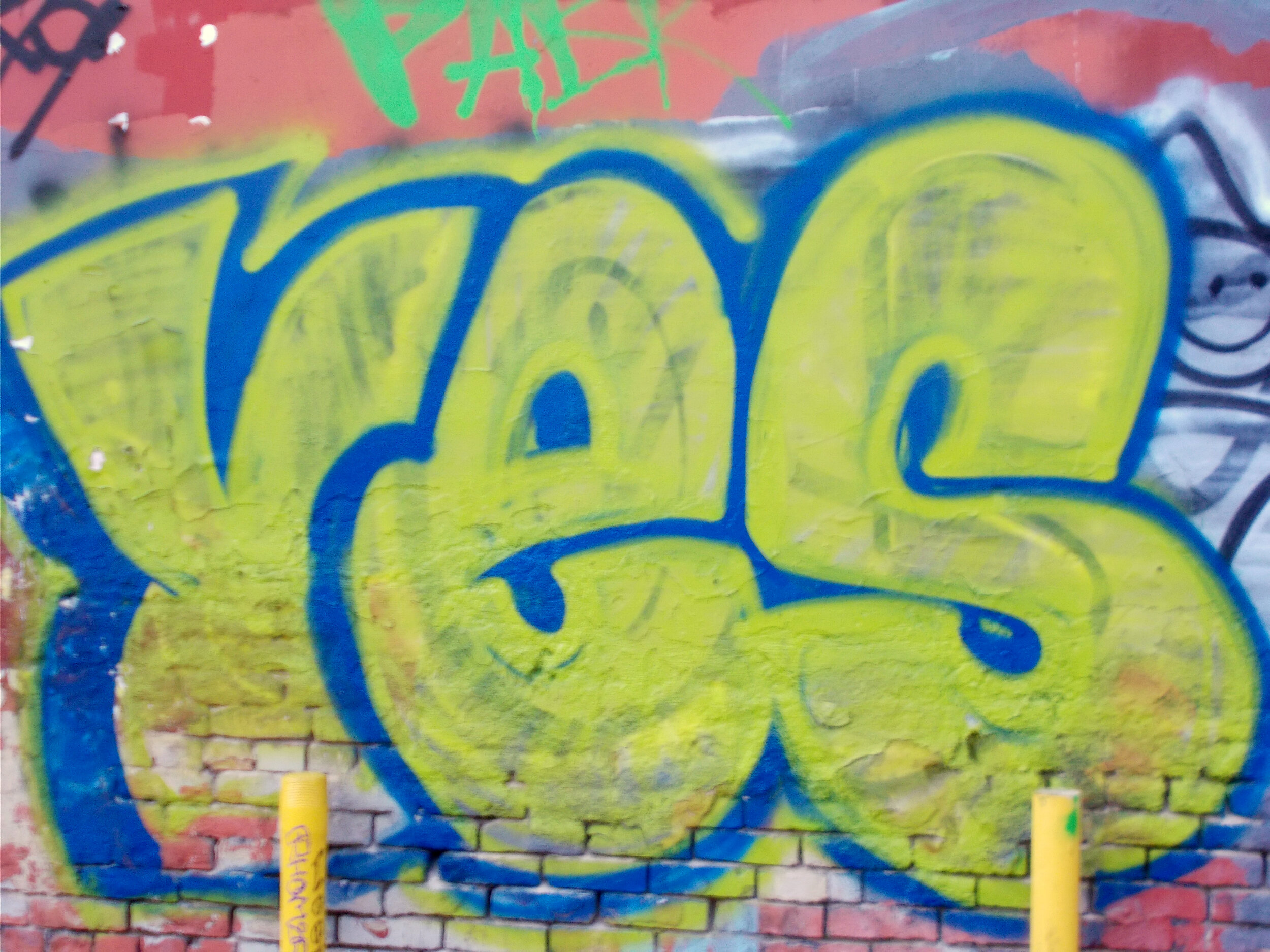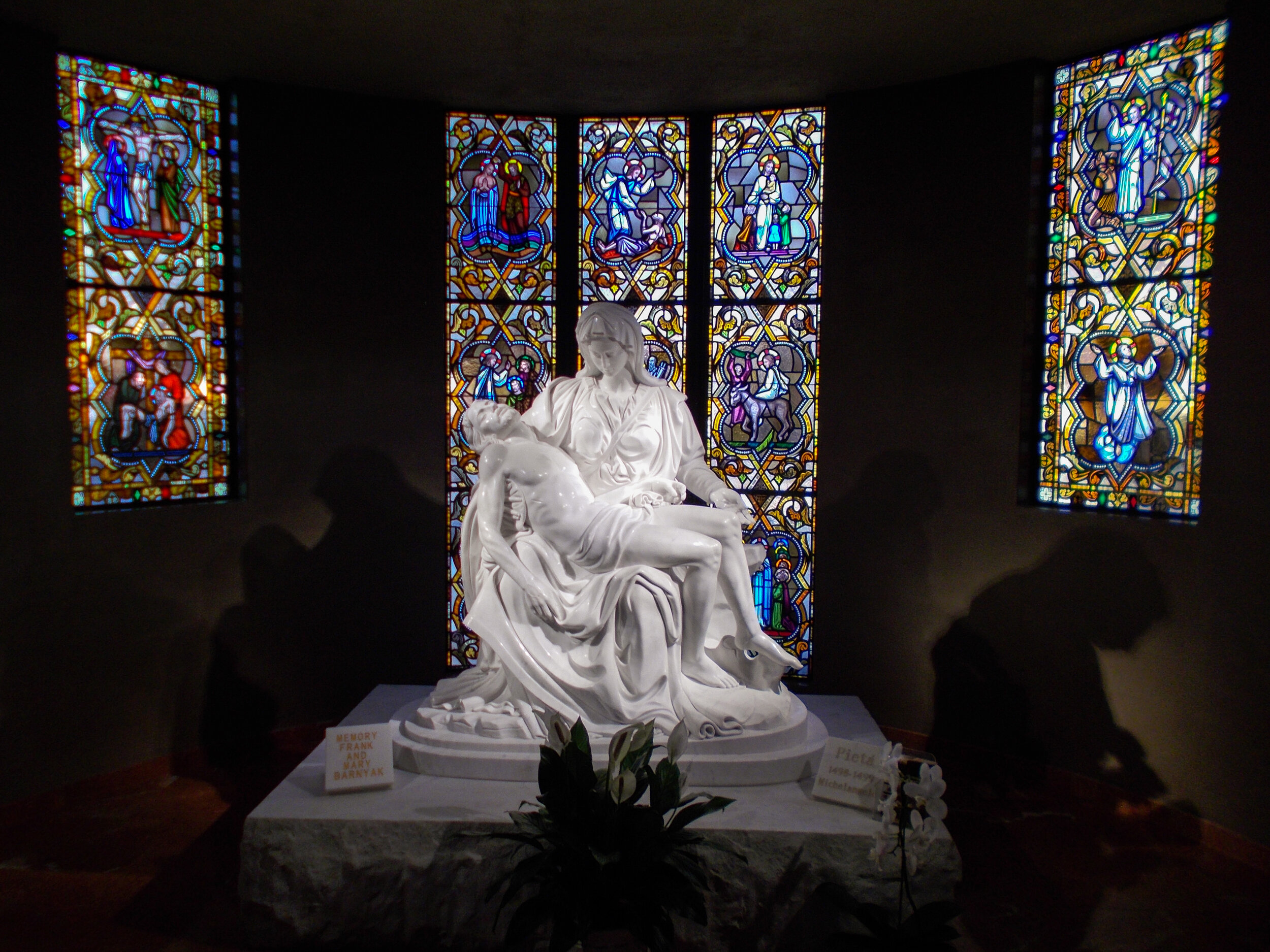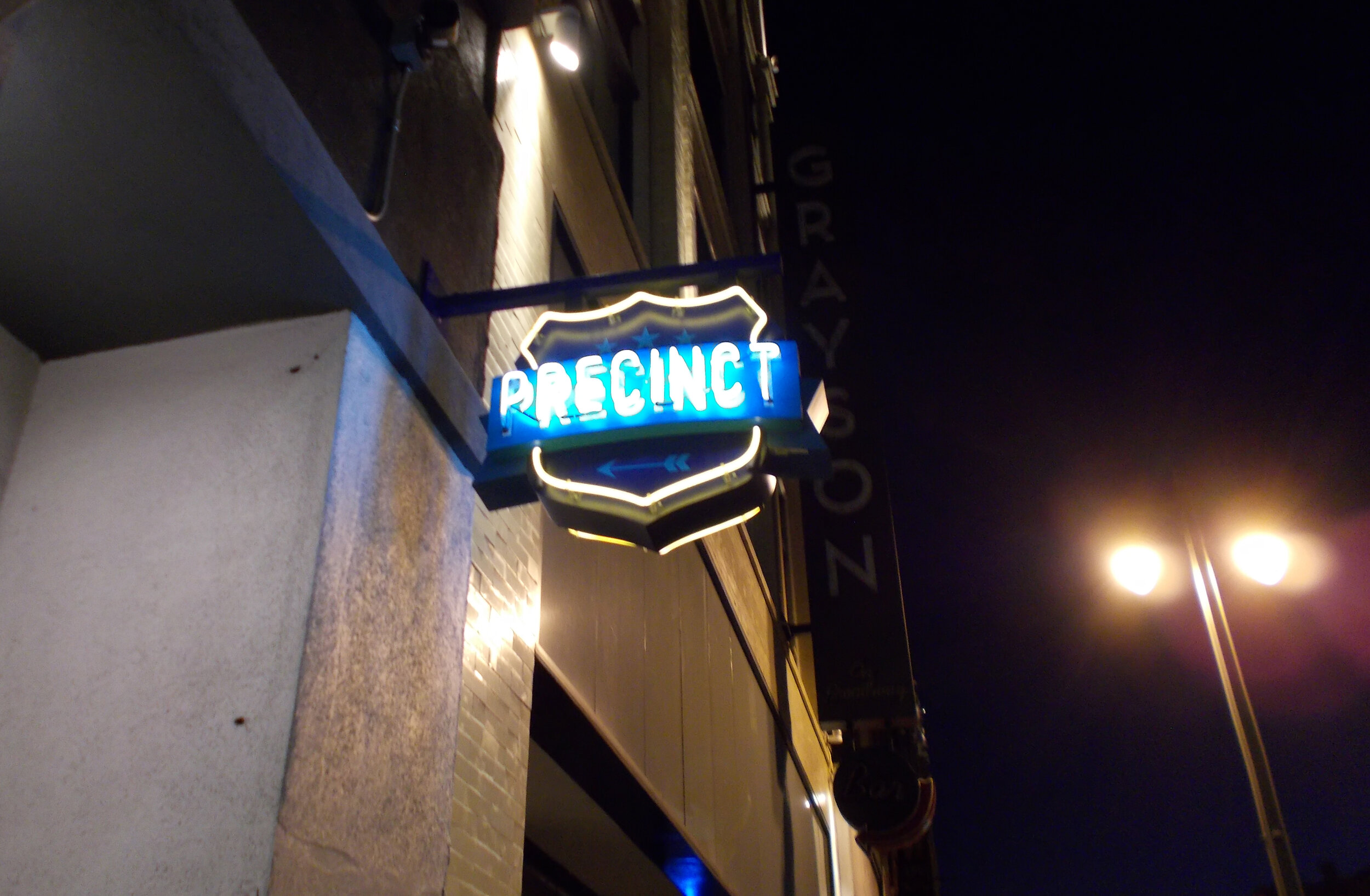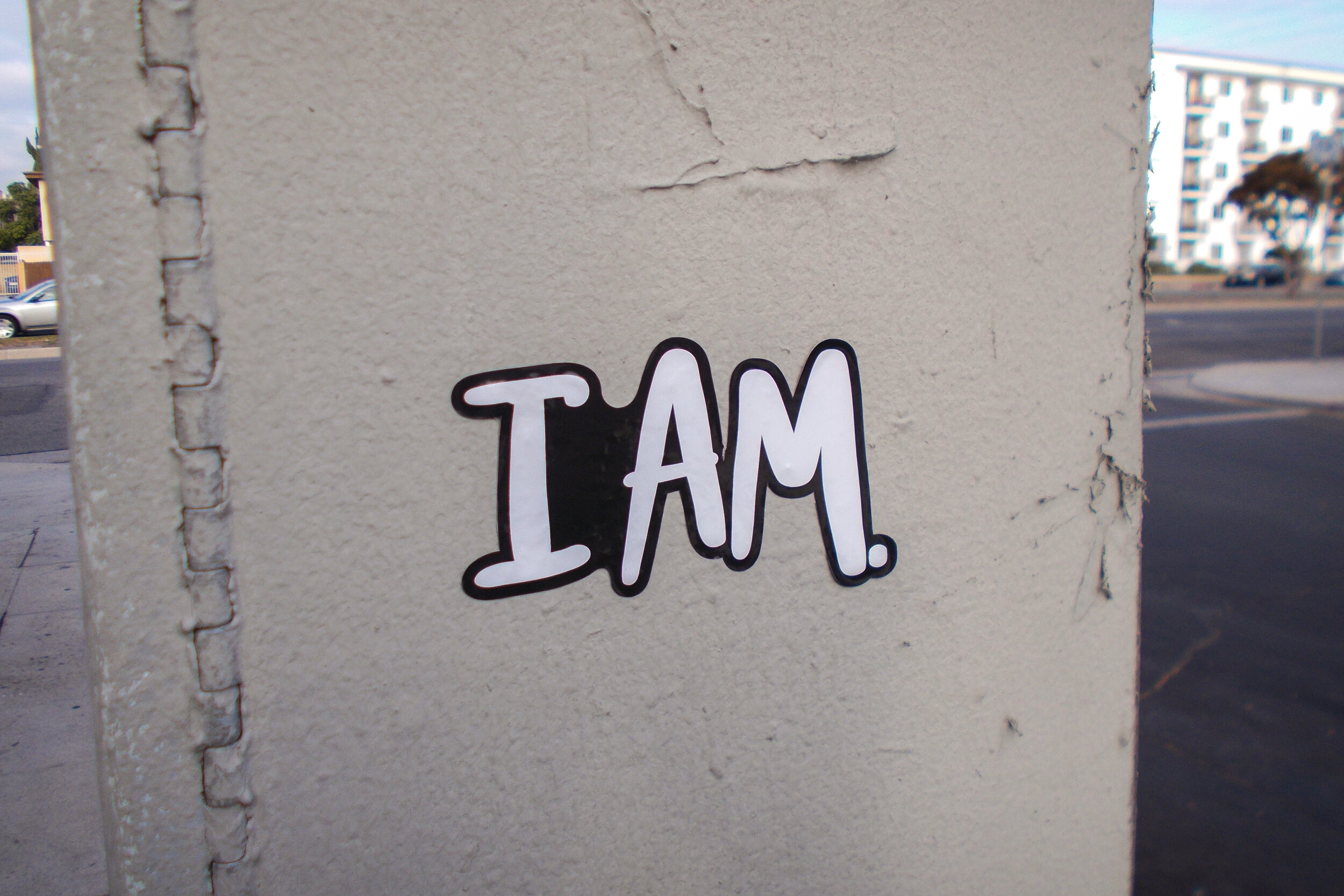Lelund hollins How he sees it
Photographs by Lelund Hollins
Text by Shae Hammond & Romona Kivett
Any of us can look at homelessness and know it’s wrong, no one is for homelessness. But only the people that’ve lived it can truly express it and explain why it’s happening. Lelund Hollins is a night person, walking the streets he’s lived on for years after the sun has gone down. His part in elevating the How We See It project has been integral to everyone who has participated in it, be they students, professors, other photographers or just anyone who happens upon the work of those involved.
Unhoused for seven years, Lelund is integrated with others who’ve been left behind on the streets that allows him to get close-up and intimate pictures of what living on the street actually looks and feels like. Not to mention doing so with an eye for creative imagery and symbolism. Leland’s work is some of the most critically ensnaring that this project has been able to provide a foundation for.
His work, a collection very much still in progress and being called the “Fallen Legends” series, is made up largely of images of unhoused people asleep on trains, on the street, on benches and in public places. When he began, Lelund’s perception was that he was simply taking pictures of what he was seeing on a nightly basis, the common and accepted scenery of a life without a home. But to a viewer who hasn’t had that life, Lelund’s work pulls no punches as to what homelessness looks and feels like.
“FALLEN LEGENDS” IS AN UNBLINKING DOCUMENTATION OF
the HUMAN COST of homelessness in
Los Angeles
Lelund’s natural eye was revealed to be quite poignant and relevant to the crisis because he’s a part of it, the exact goal of the project. Lelund says that “When you see the homeless, you have your opinion. But when you become it, then you understand. You see what it is.” It’s this kind of foundational, inside understanding of the issue that the How We See It project seeks to promote.
“I call everyone my homeless brother or sister,” Lelund says, explaining that when you’re on the street you’re out there together. Being unhoused has taught Leland a lot about compassion, engagement and generally being able to relate to others for what they have suffered.
Romona Kivett
I met Lelund approximately eight months ago, while working with the How We See It project. The project gave members of Los Angeles’ homeless community cameras, as an opportunity to express themselves and document what they see.
Relaxed and happy among friends at the How We See It photography workshops…
Lelund showed up on the first day of the workshop, along with nine other people with the intent on learning photography. On the first day, he sat alone in the back of the room, slumped over the table and fell asleep. My Professor, David Blumenkrantz and I had doubts about his motivation in the workshop.
Lelund stands proudly with his photographs at the opening reception of the How We See It exhibition, Museum of Social Justice, January 2020.
Within a few weeks, David and I were able to distribute the cameras to the workshoppers. Instantaneously, Lelund was enamored with his camera. For the first time in weeks, I saw his brown eyes wide and bright. He spoke in detail about all the graffiti and artwork in Los Angeles he wanted to photograph.
Every Friday, Lelund showed up to the workshop with a memory card full of paintings, murals, and graffiti. Soon, Lelund, like many other participants in the How We See It project regarded the class as family. It was at this project that friendships were forged and support systems between participants and students were created.
“Before I got into How We See It, it was just me. My support was myself.” Said Lelund.
It didn’t take long before Lelund shifted to a more photojournalistic approach, by photographing people sleeping on streets and subways. At first he used a, “shoot and run” method, which involved running from people after the flash went off. As his confidence grew, he was able to shoot audaciously closer to his unassuming subjects.
Since the pandemic, many housed individuals are feeling the effects of isolation for the first time. According to the National Institute of Mental Health, “The outbreak of coronavirus disease 2019 (COVID-19) may be stressful—it can be difficult to cope with fear and anxiety, changing daily routines, and a general sense of uncertainty. Although people respond to stressful situations in different ways, taking steps to care for yourself and your family can help you manage stress.”
Listed in NIMH are strategies to overcome negative emotions related to isolation such as, trying to eat regular and well-balanced meals, engaging in activities and hobbies that you enjoy, and, “[Talking] with people you trust about your concerns and how you are feeling. Digital tools can help keep you connected with friends, family, and neighbors when you aren’t able to see them in person.”
Lelund Hollins on the go…
Clearly, those recommended strategies are challenging for the homeless community to engage in. Now increasingly isolated from society, Lelund Hollins continues to photograph the homeless community, except he uses his cell phone instead of a digital camera. Even though almost all resources have been cut off from Lelund, he continues to find a way to take photos. He shows great resilience by using his cell phone to continue documenting the unspoken lives of the homeless community, instead of his digital camera.
Lelund’s photographs EXPOSE THE great disparity between housed and unhoused people, AND the grave effects of isolation on the human psyche. Almost all of his images are of people who are by themselves.
Since the pandemic forced businesses such as Starbucks to close their doors to the public, there is a lack of outlets available for charging phones or other technology. In order to charge his phone, Lelund has to gamble on whether he will be allowed to at the metro railway station. At times he has been told to stop using these outlets by police. Not having the opportunity to freely charge devices when necessary forces Lelund to decide whether he should use the battery life available for photography or to conserve the phone's life for other purposes, such as communication. Human connection towards one another is vital for everyone. COVID-19 related shutdowns have greatly decreased where homeless people can socialize. Housed individuals may lack empathy towards their situation, because they are able to more easily connect through the internet.
Shae Hammond
GALLERY OF FALLEN LEGENDS
MORE BY LELUND

